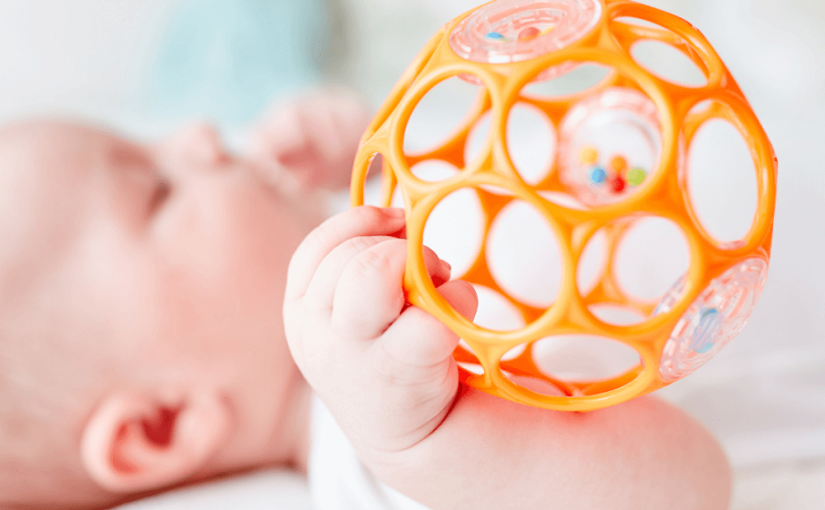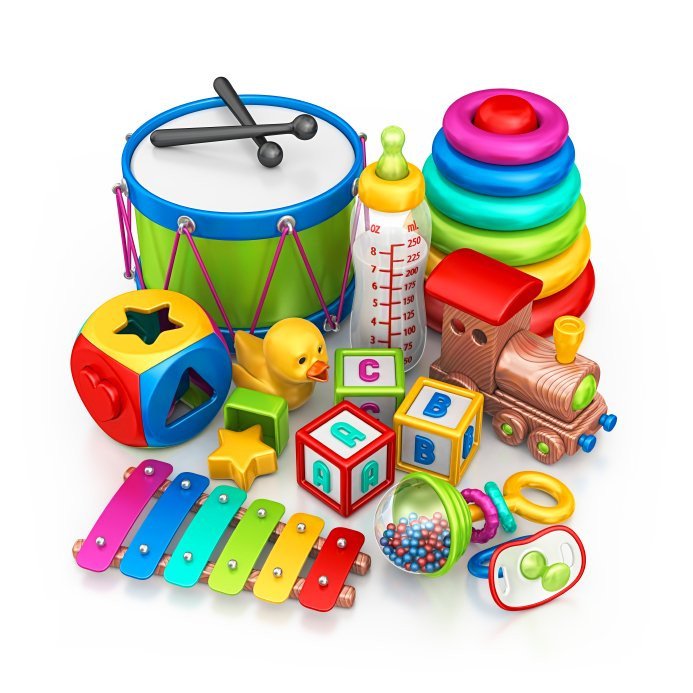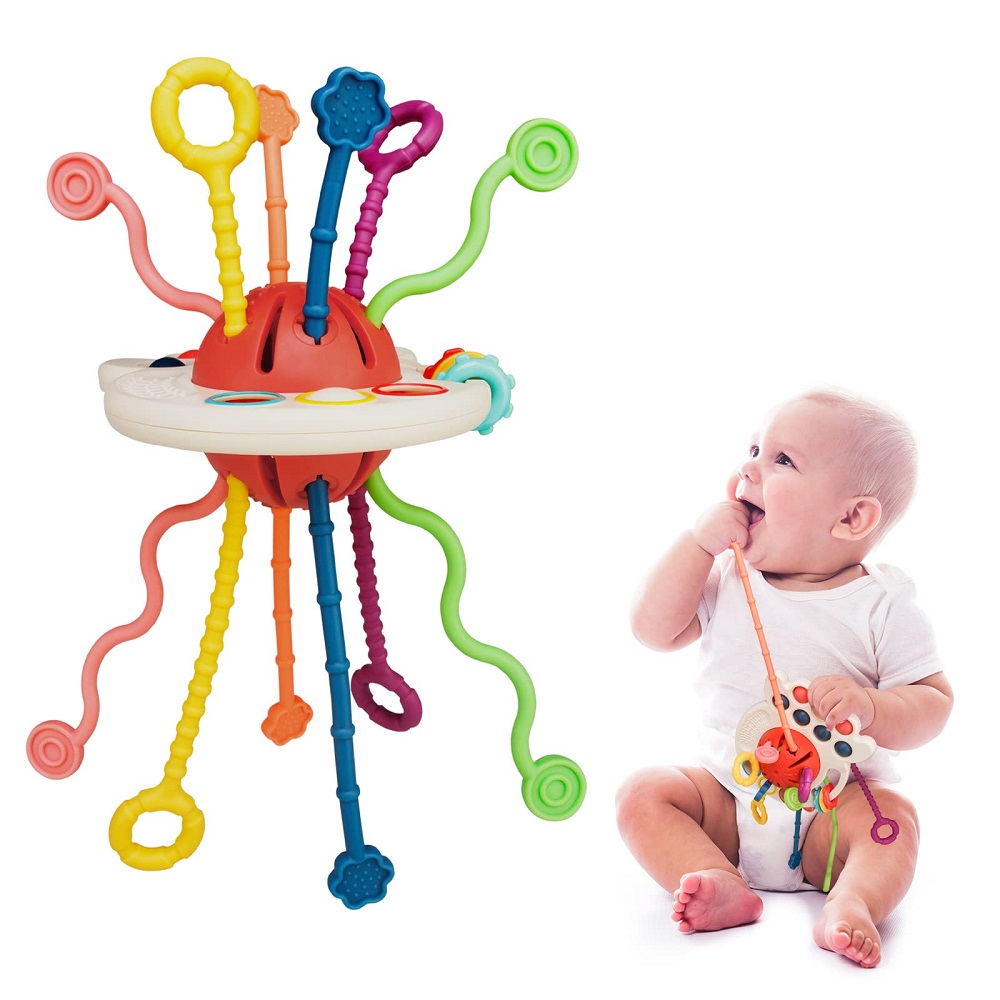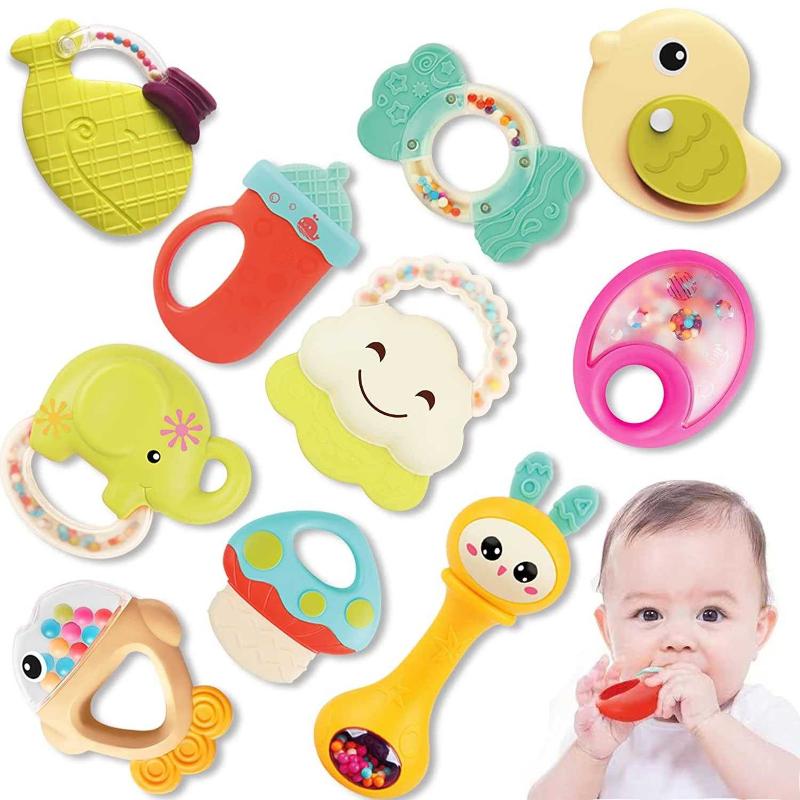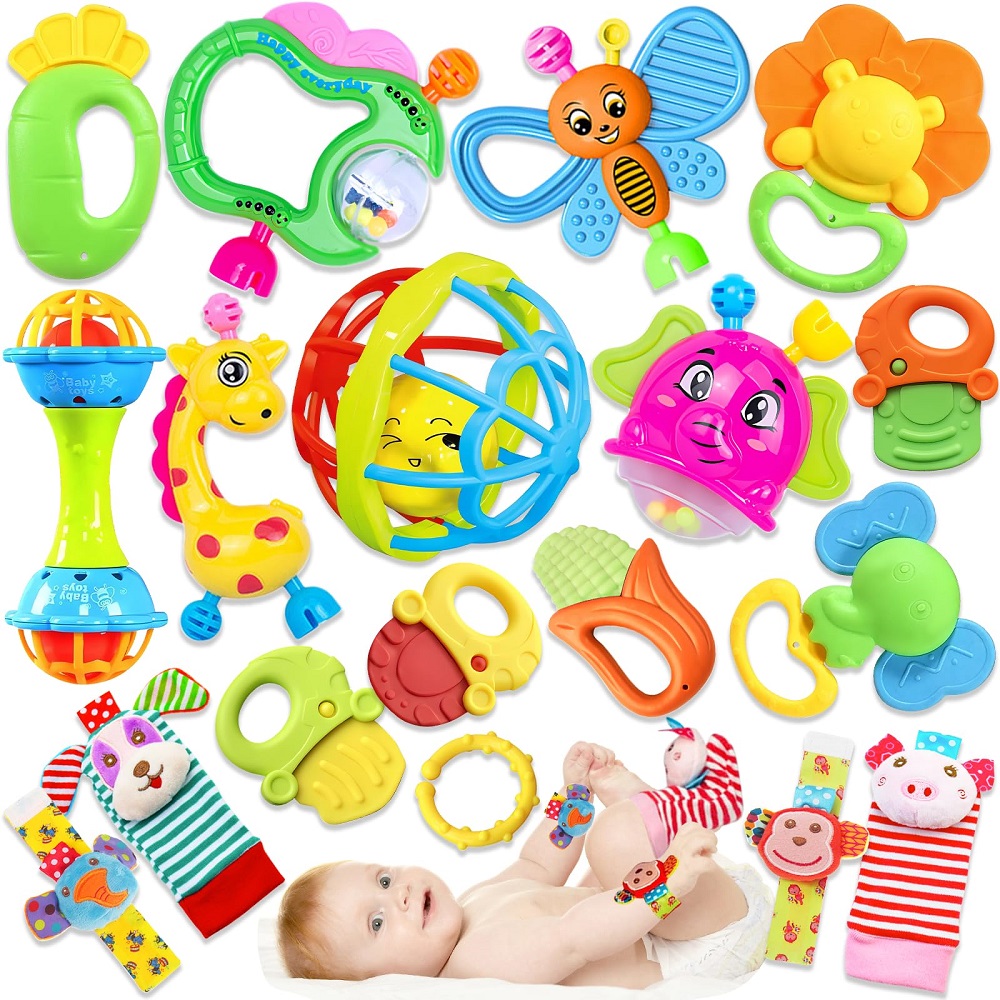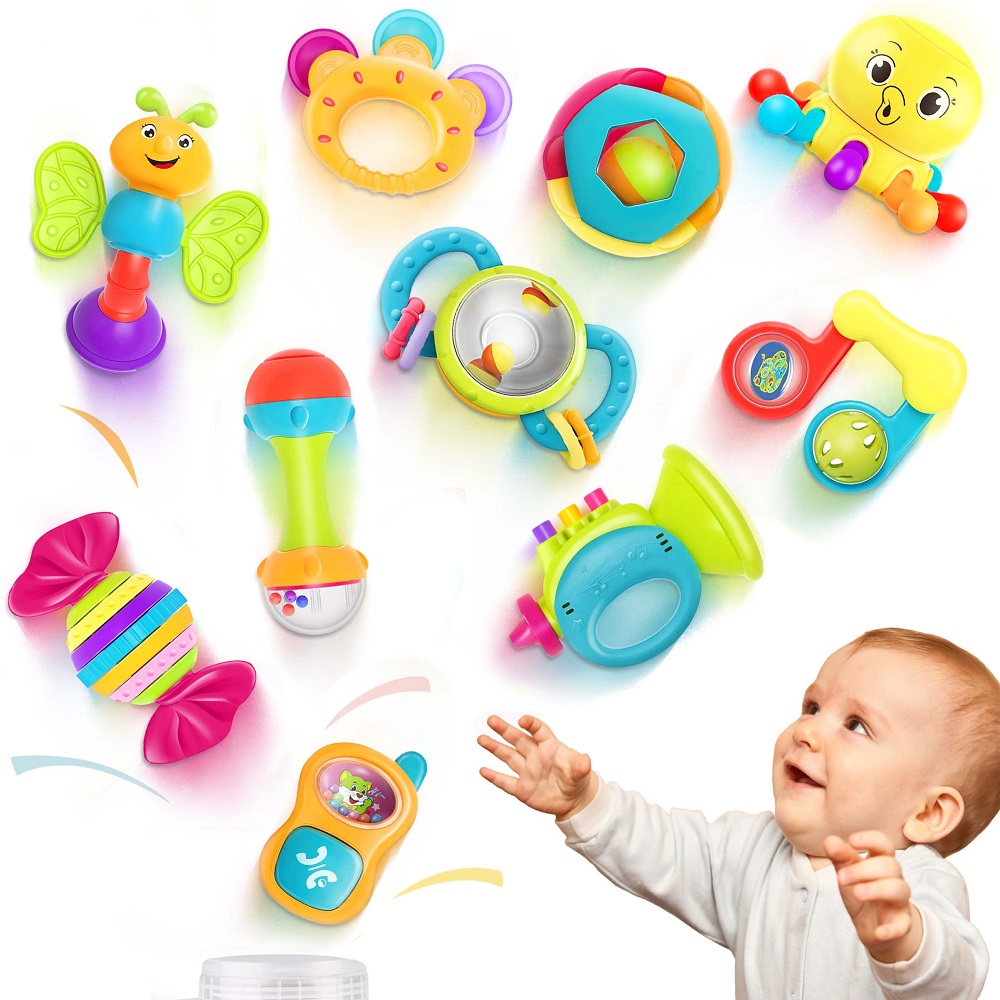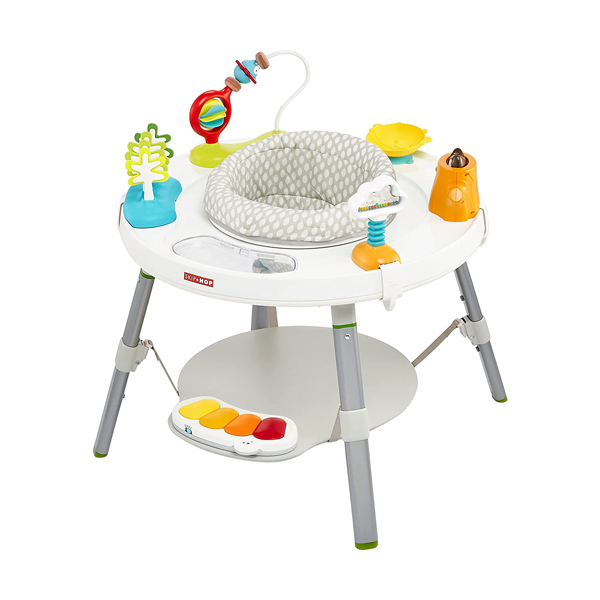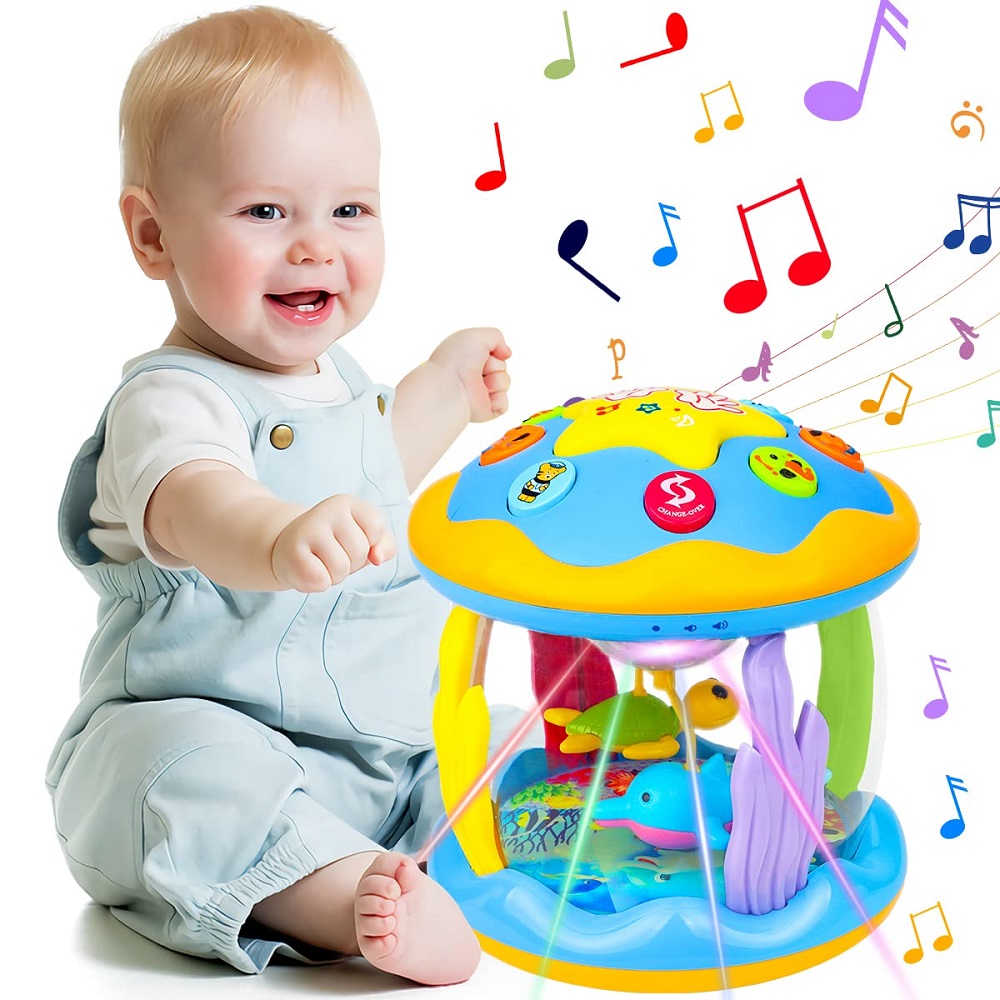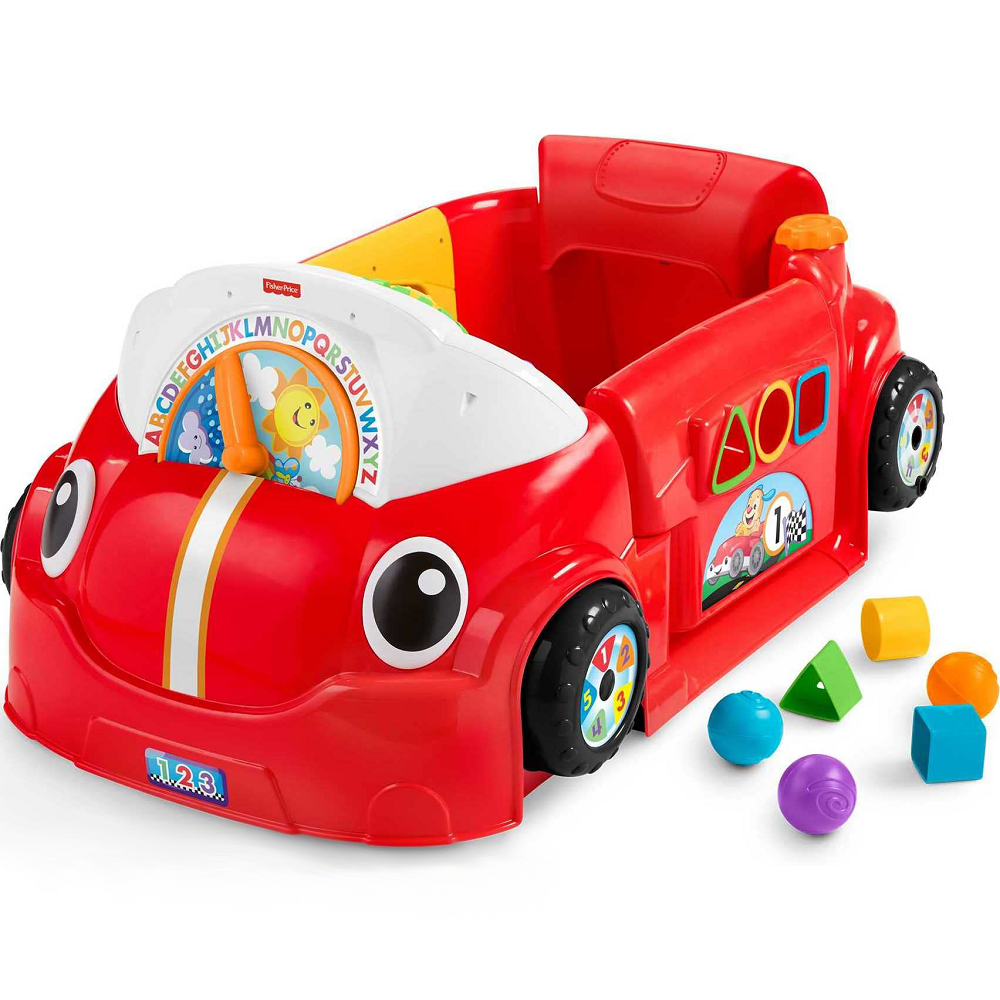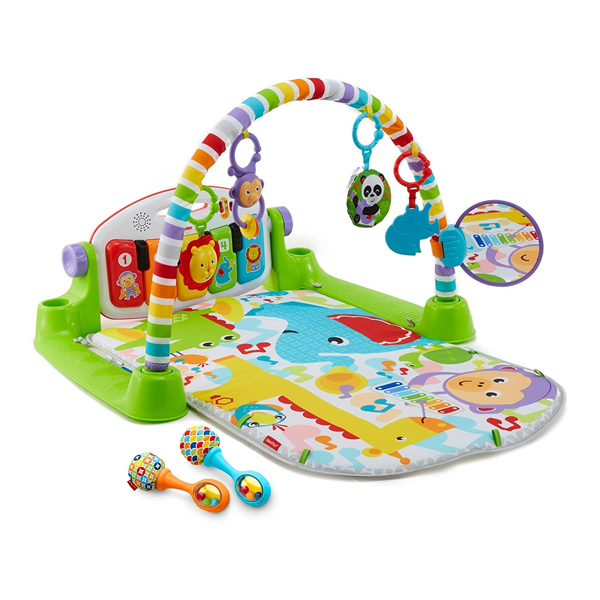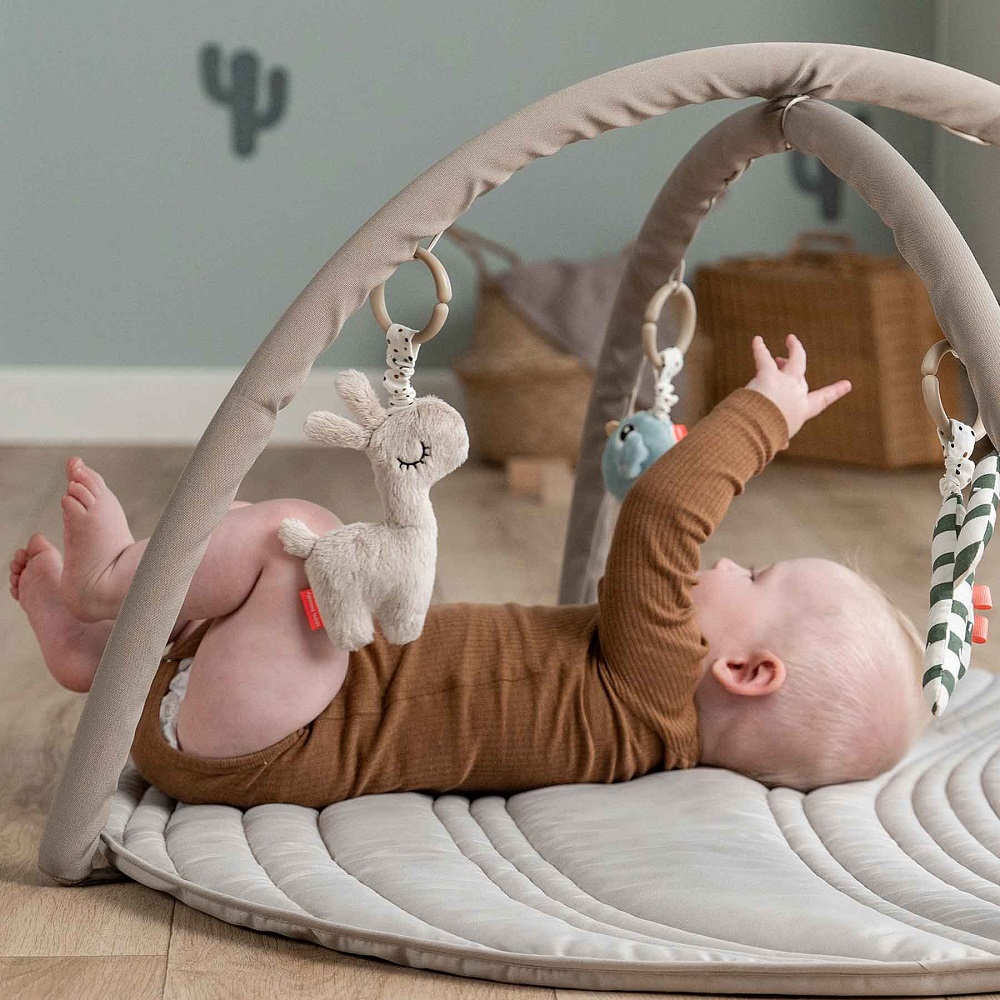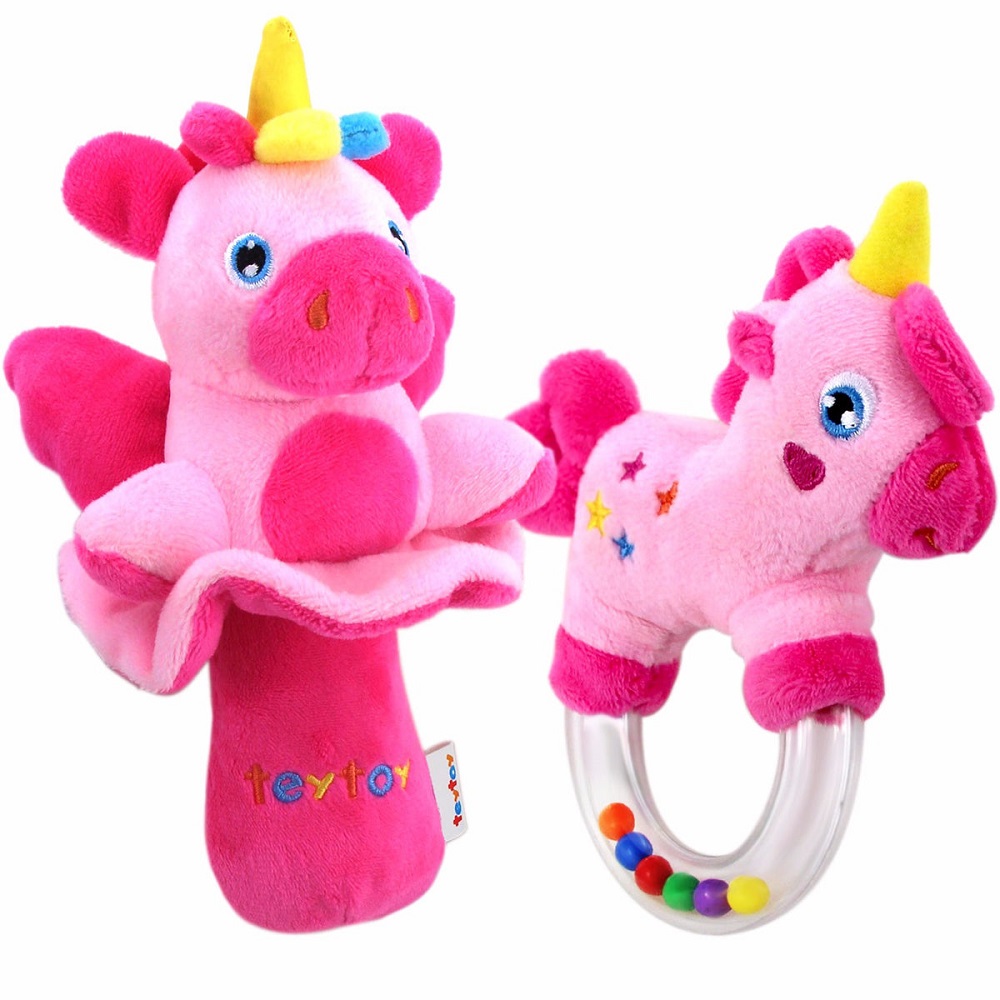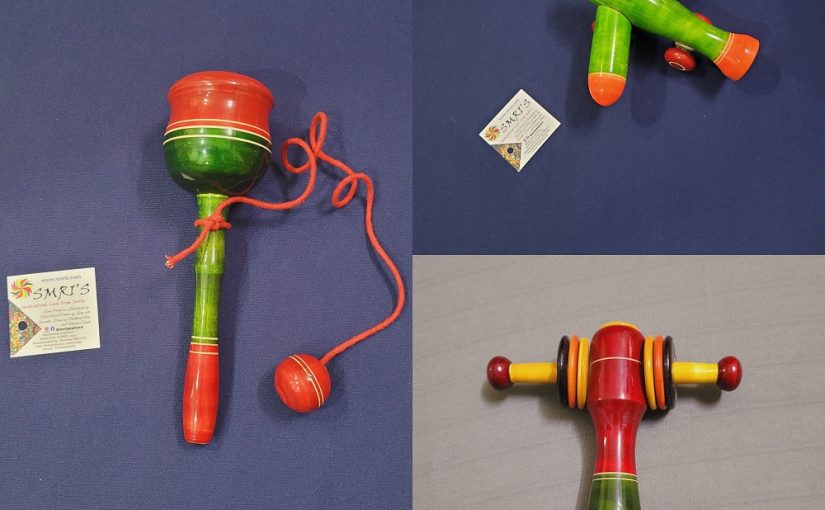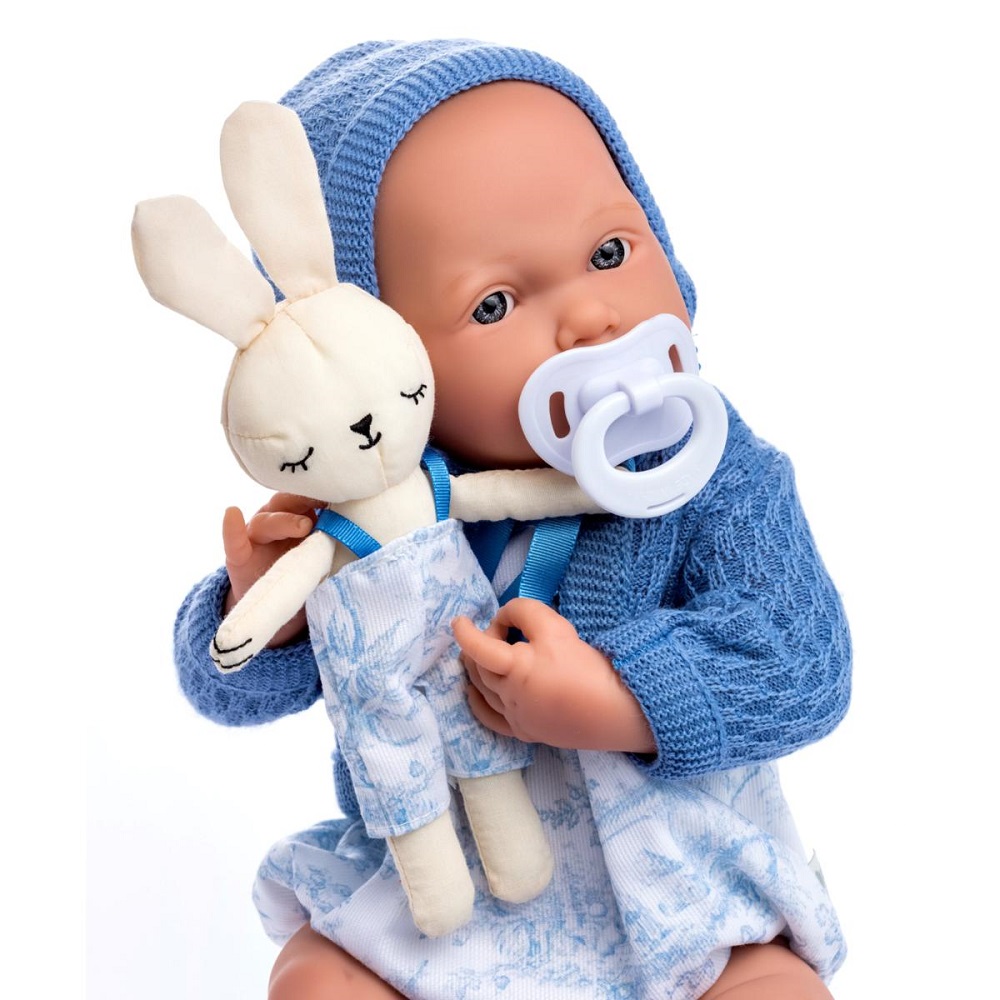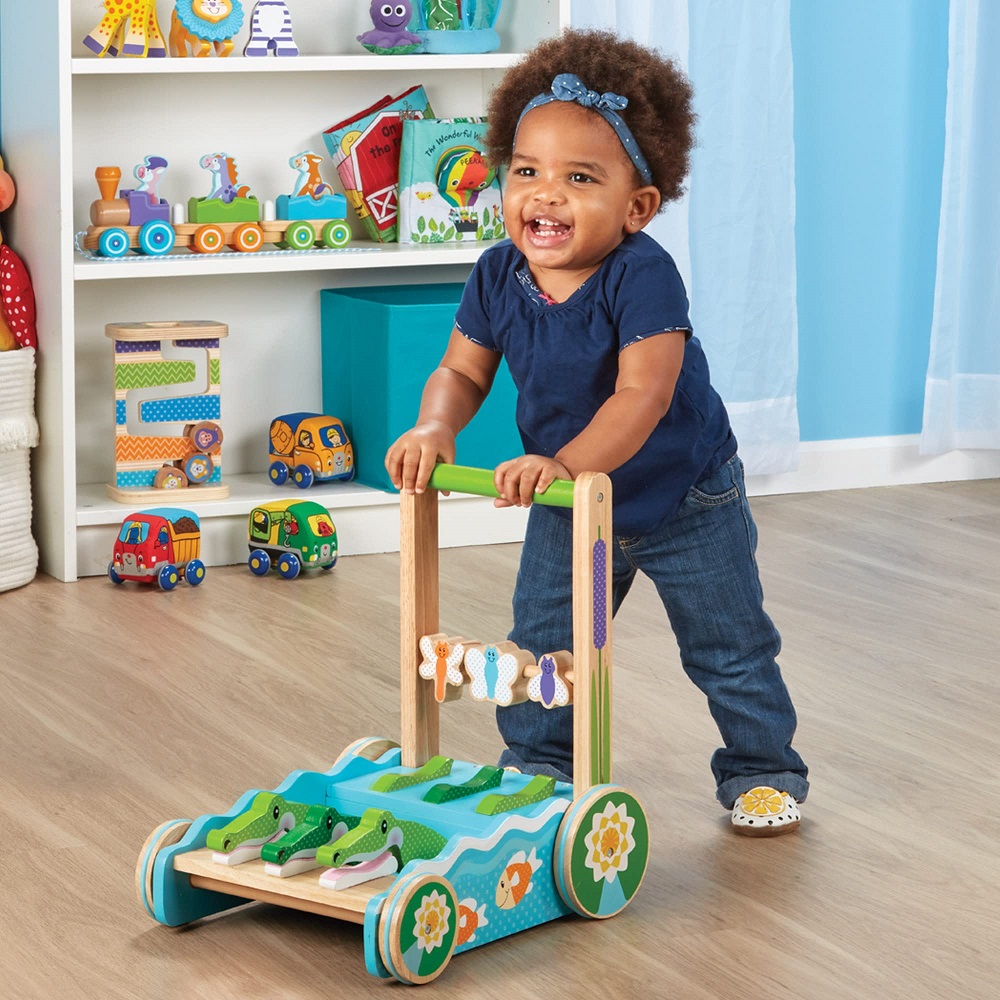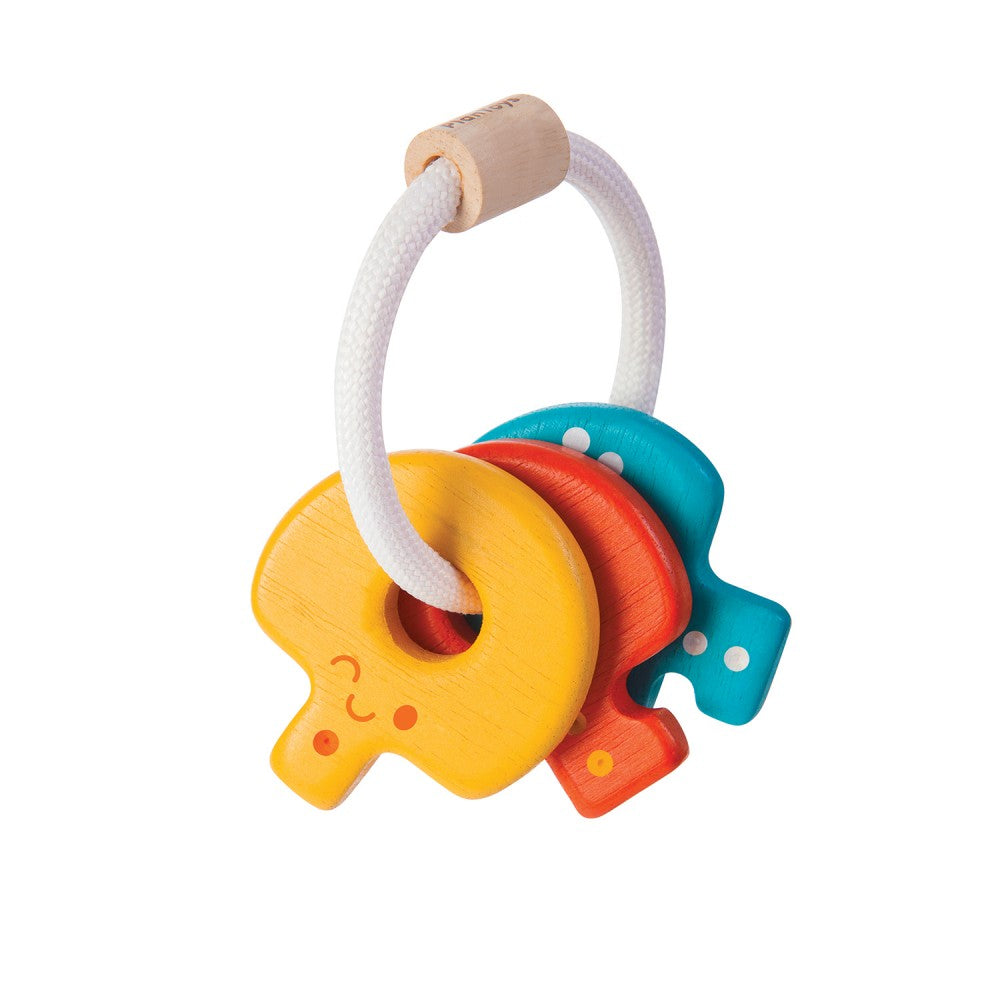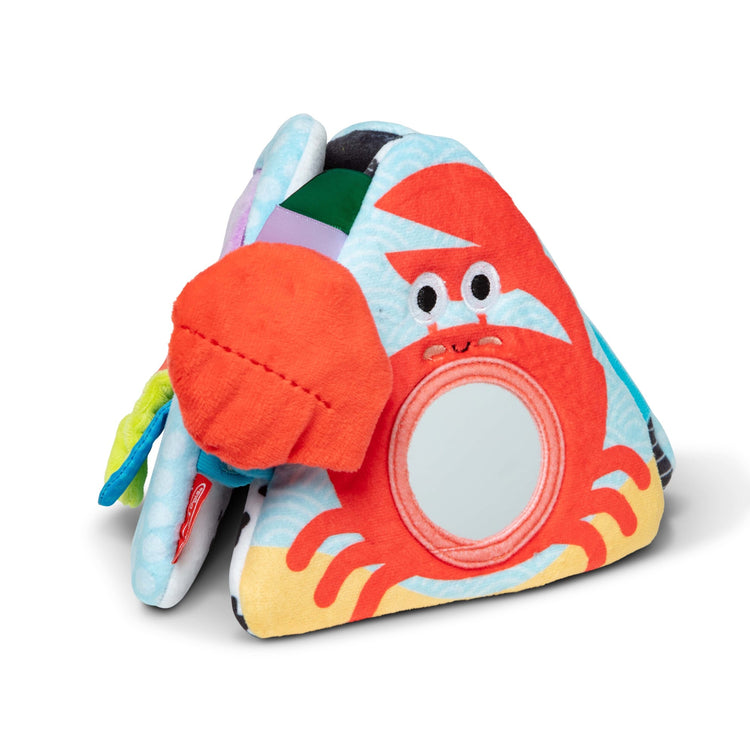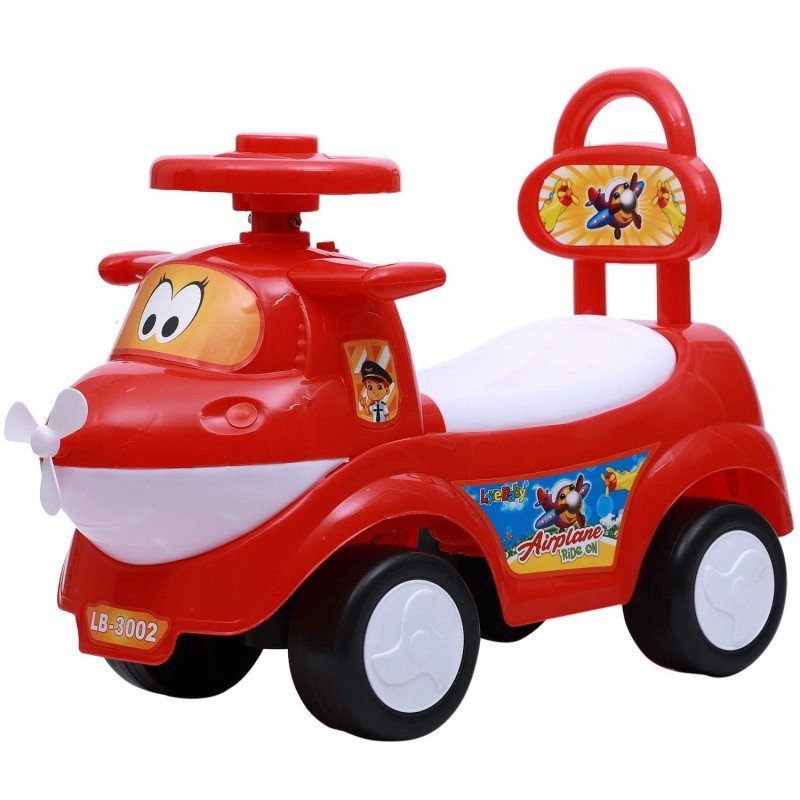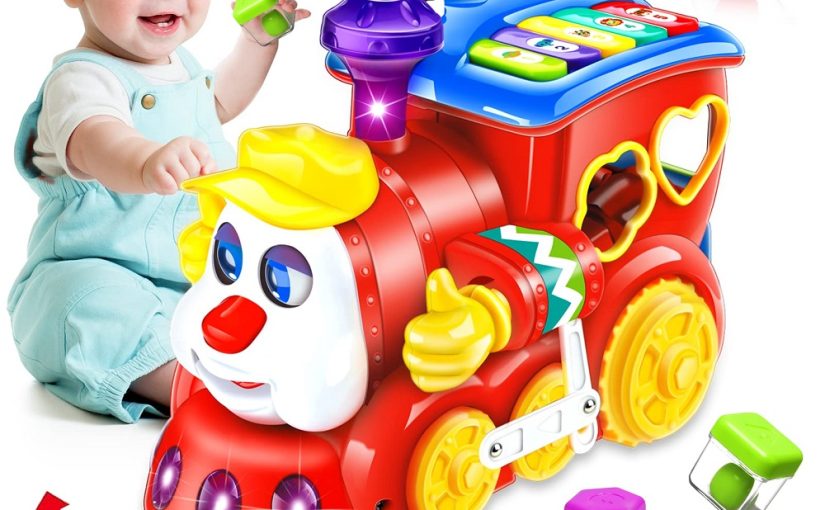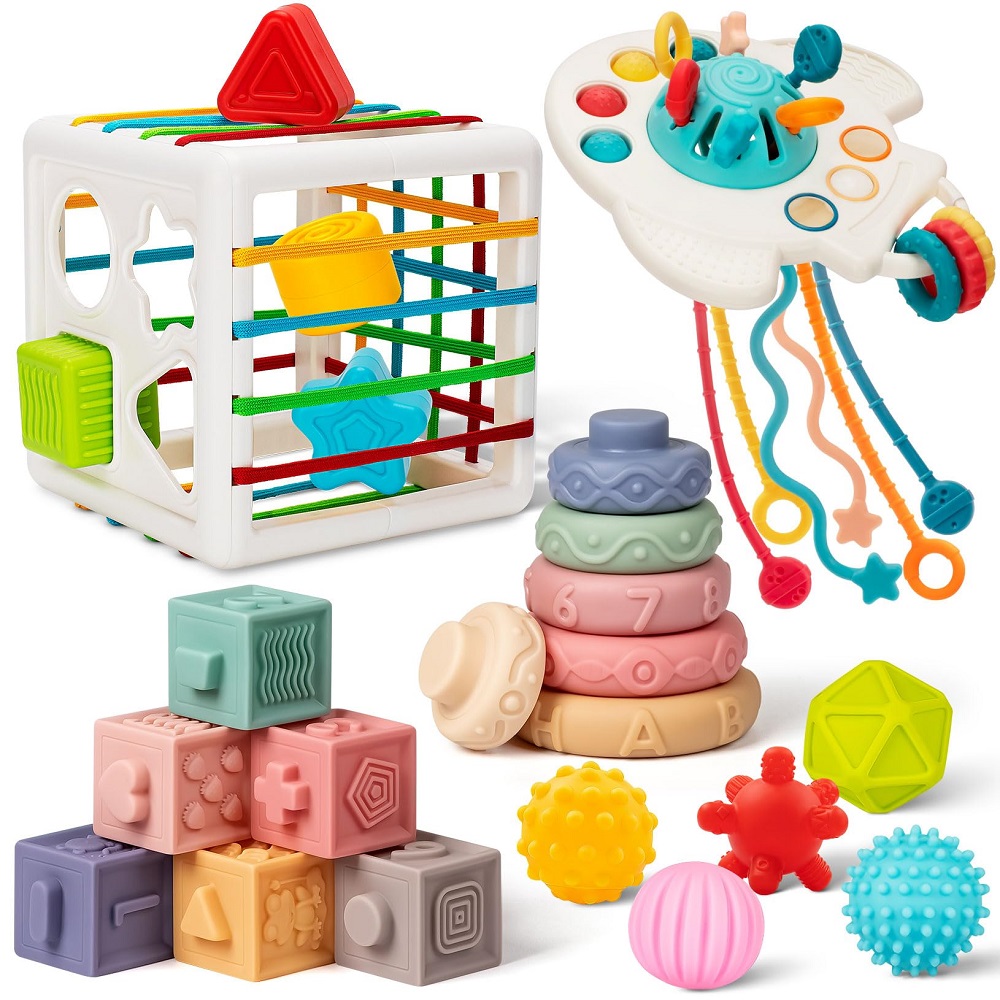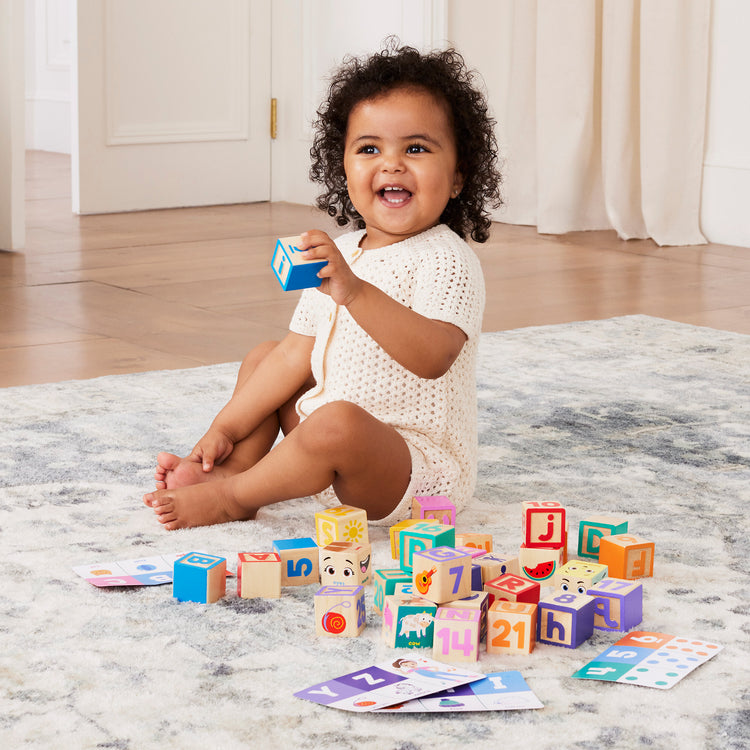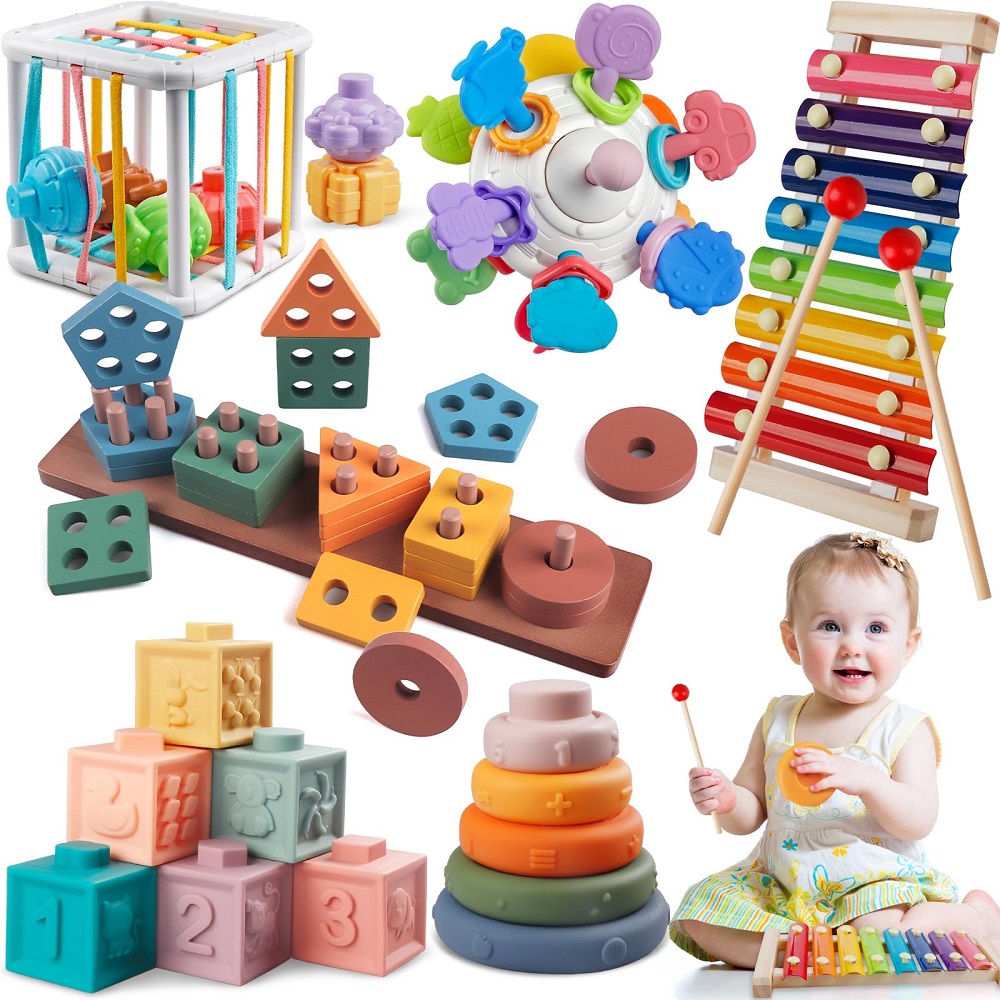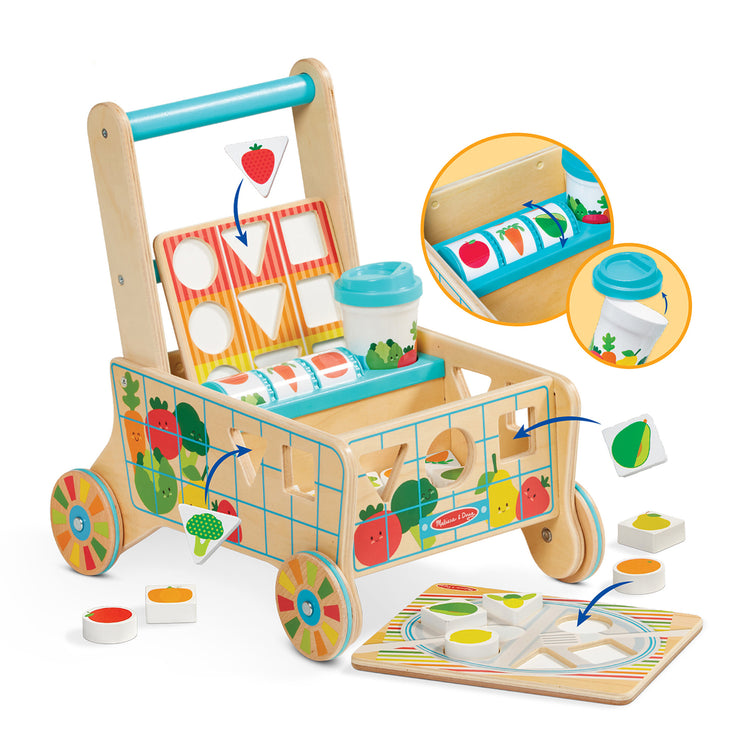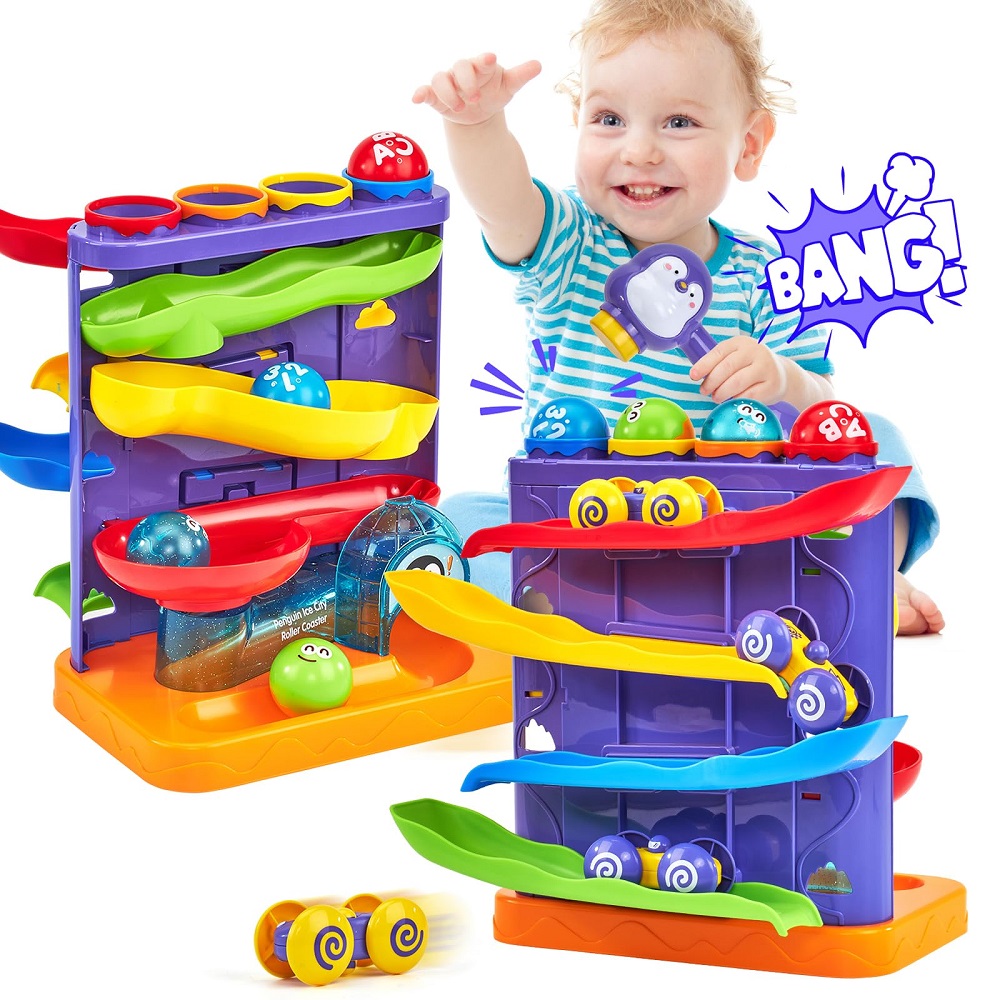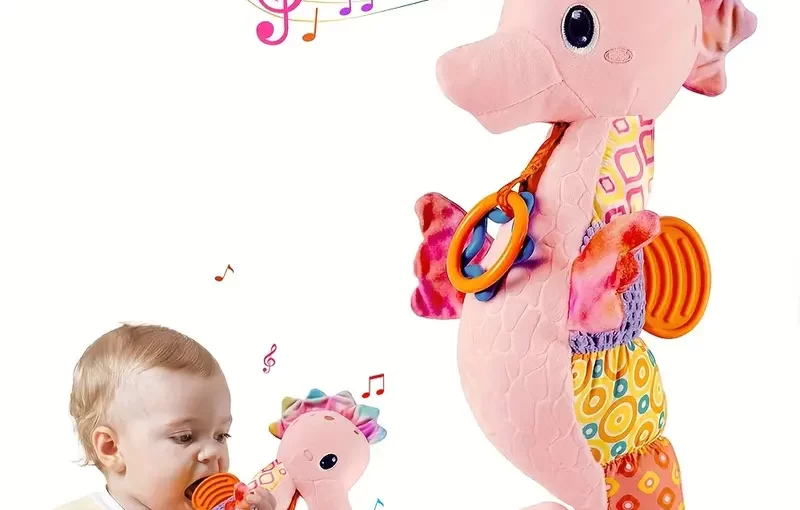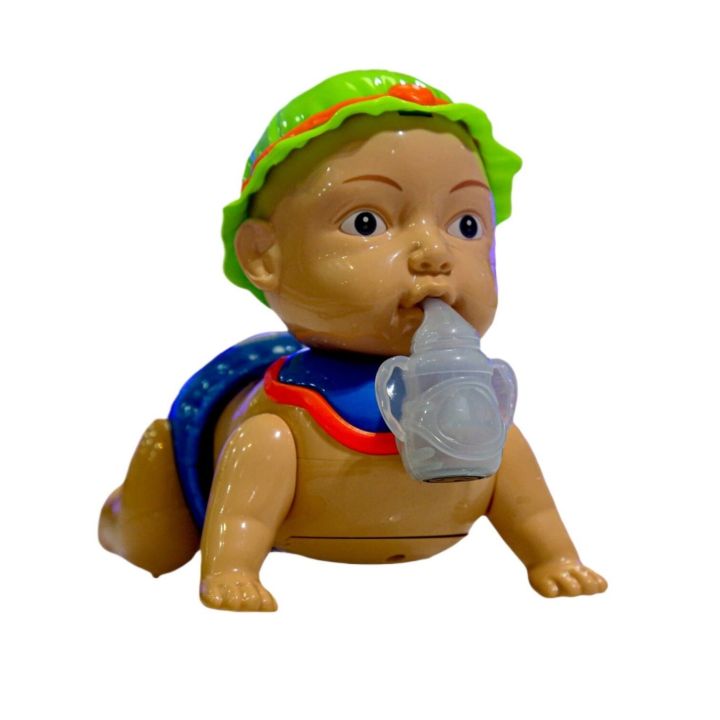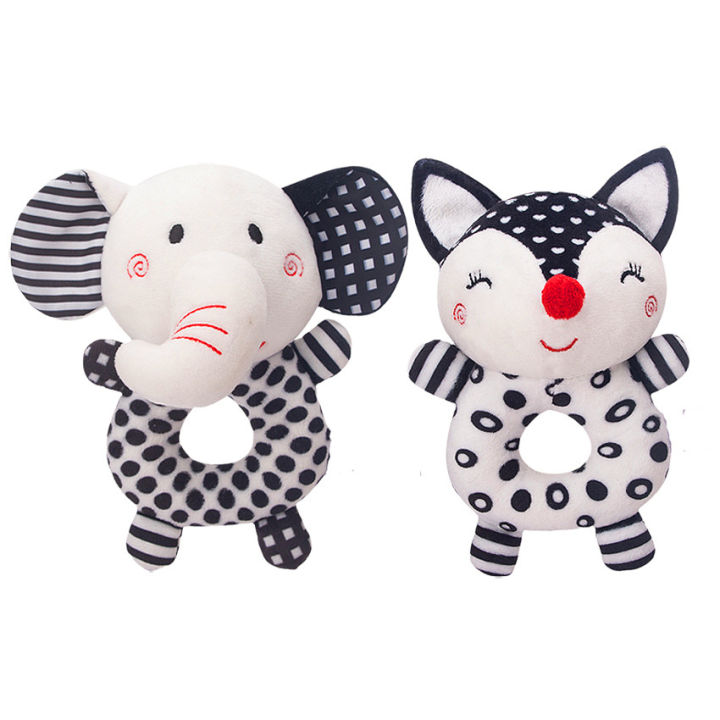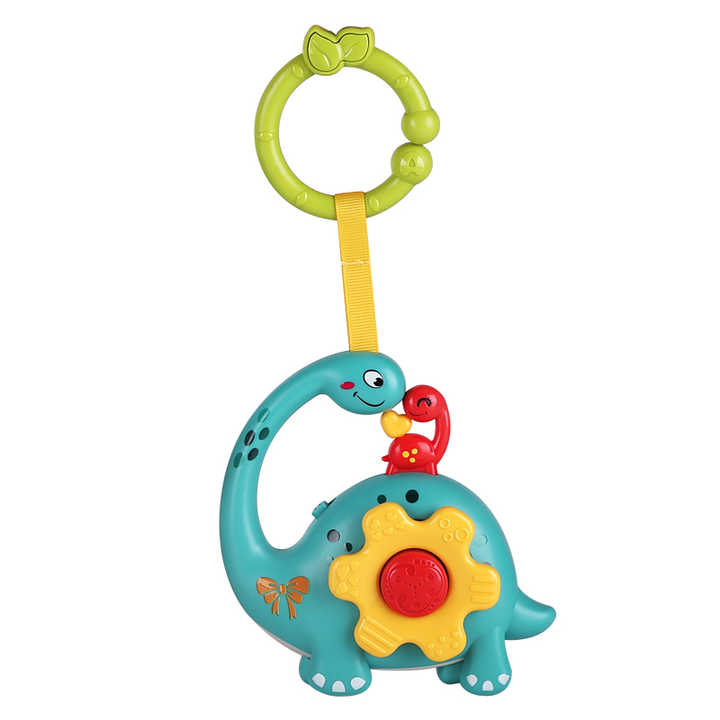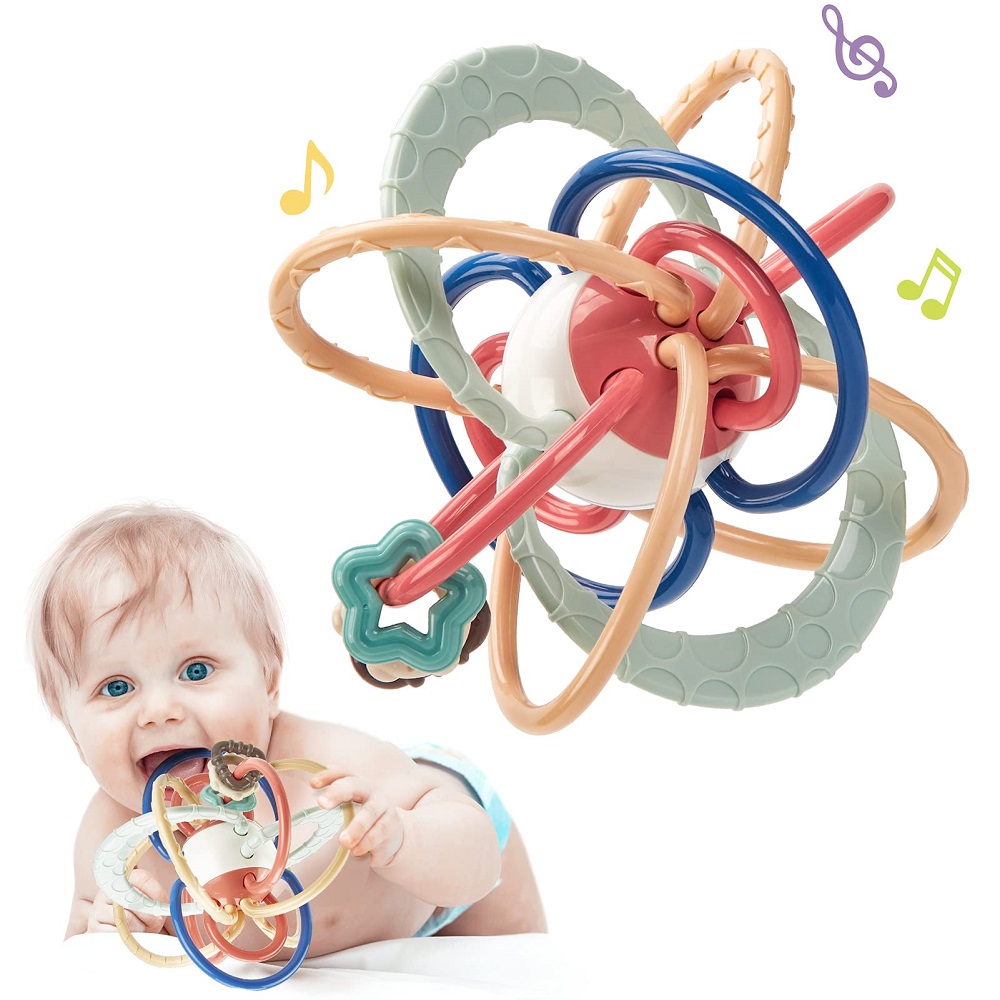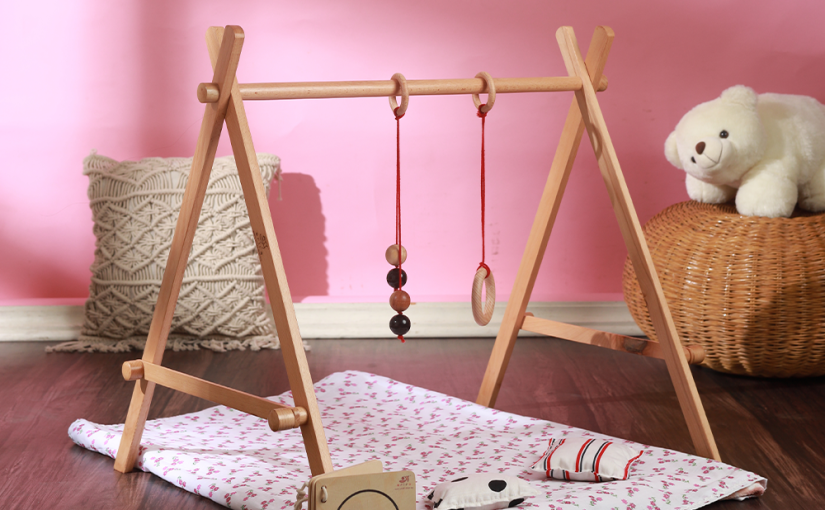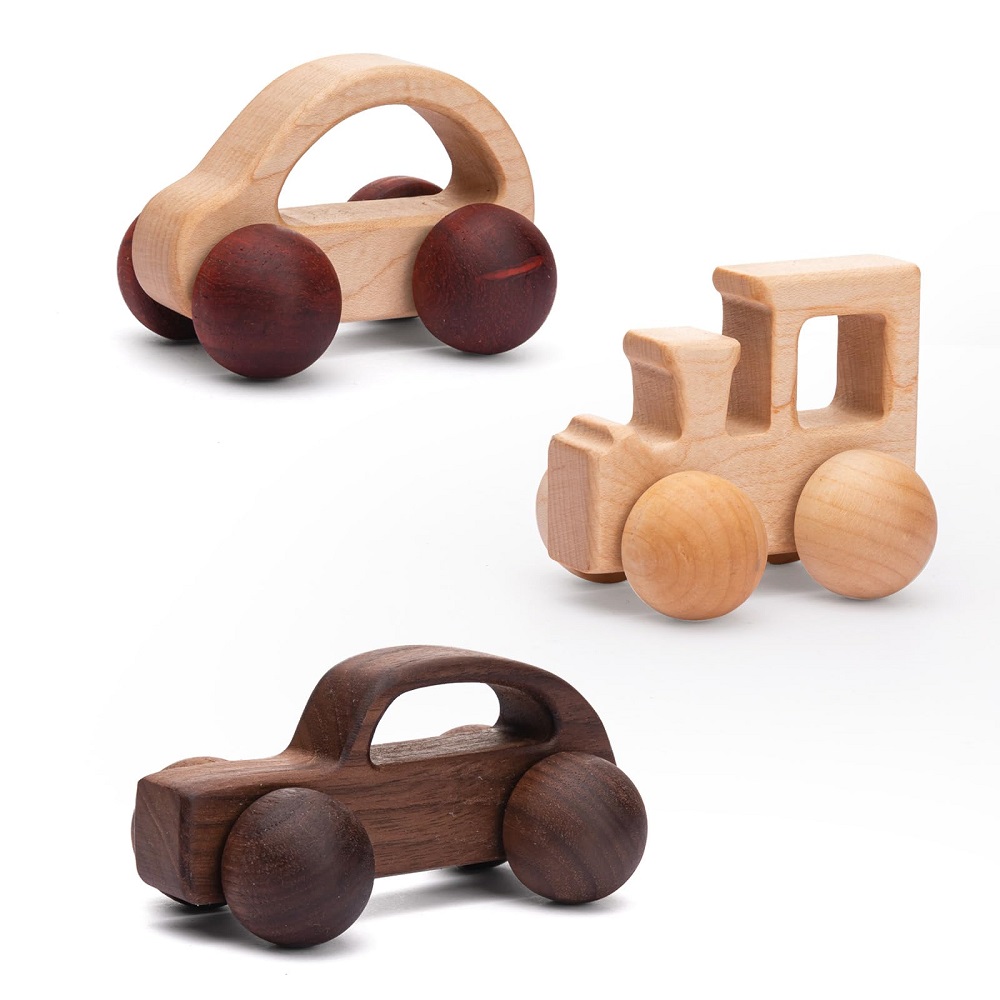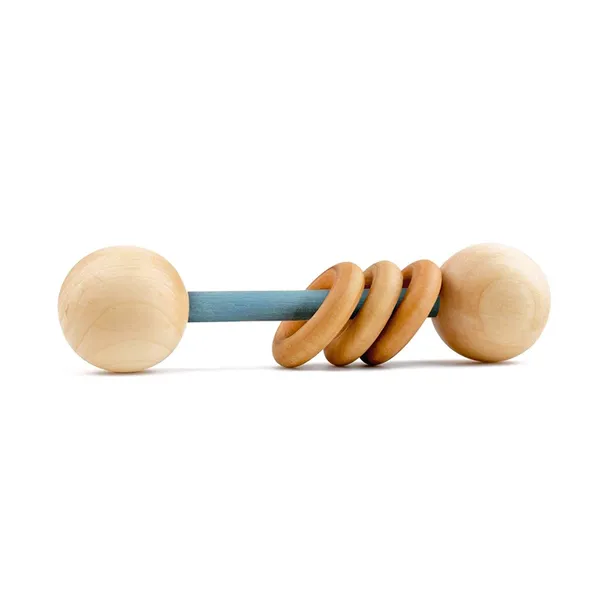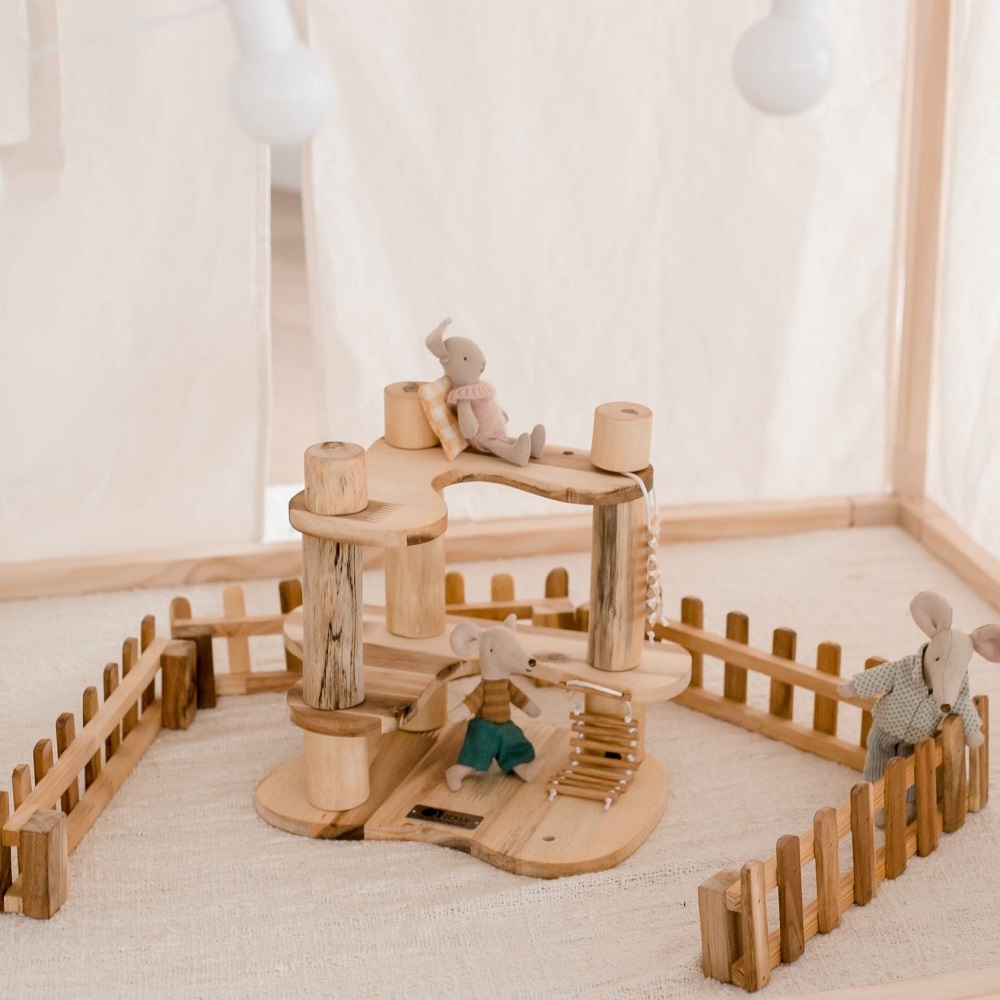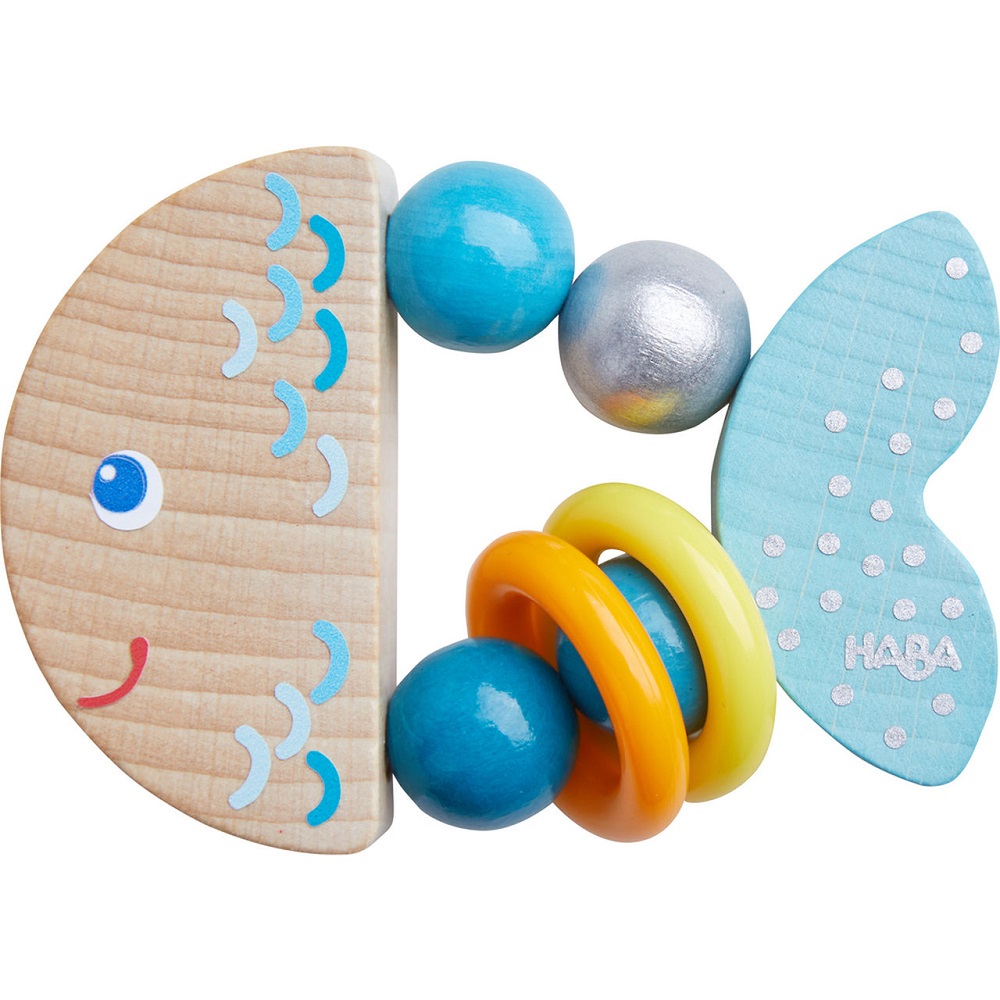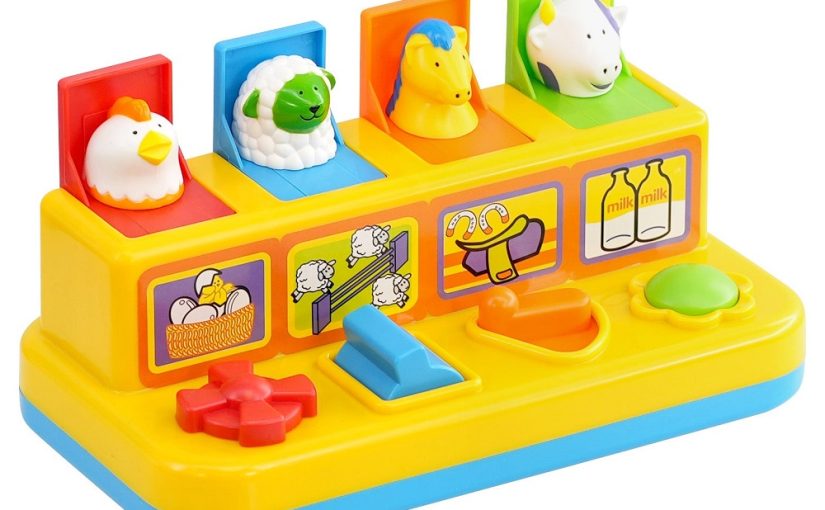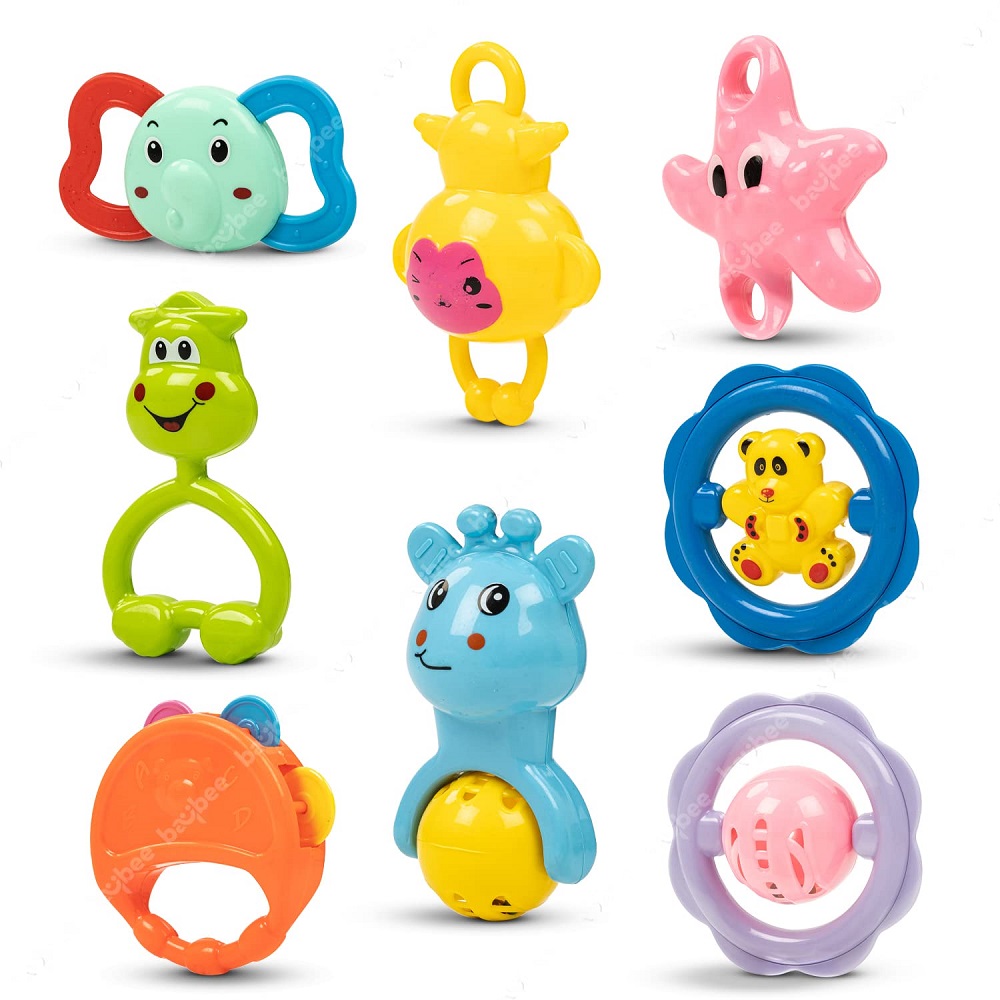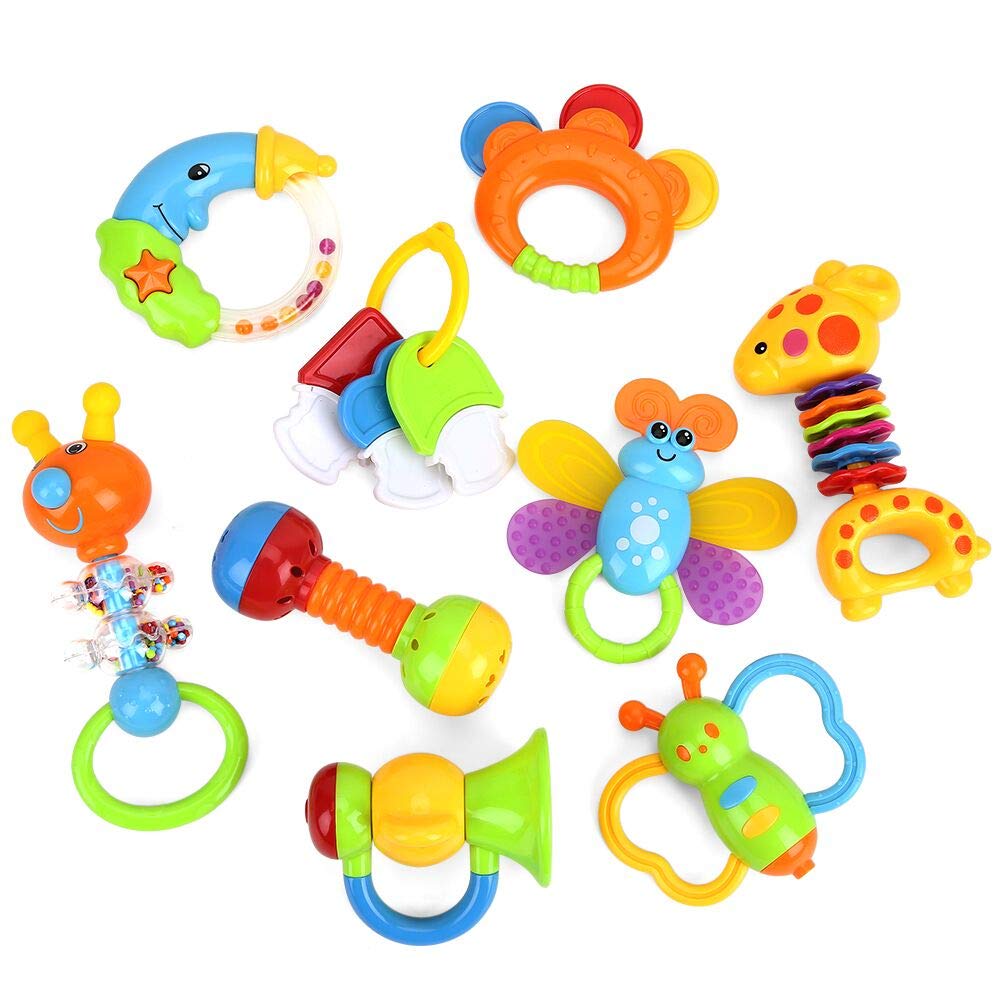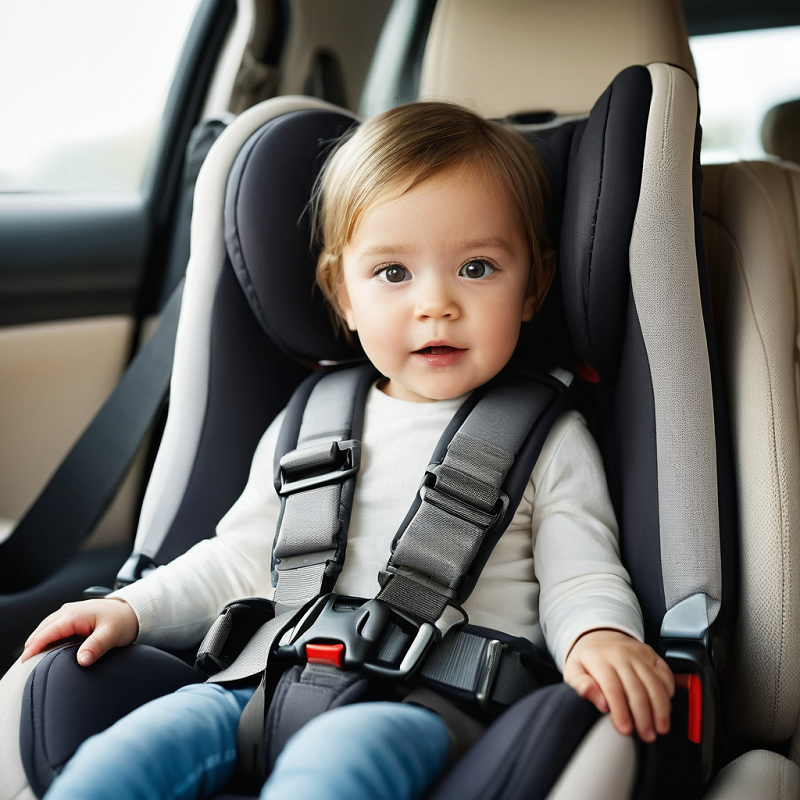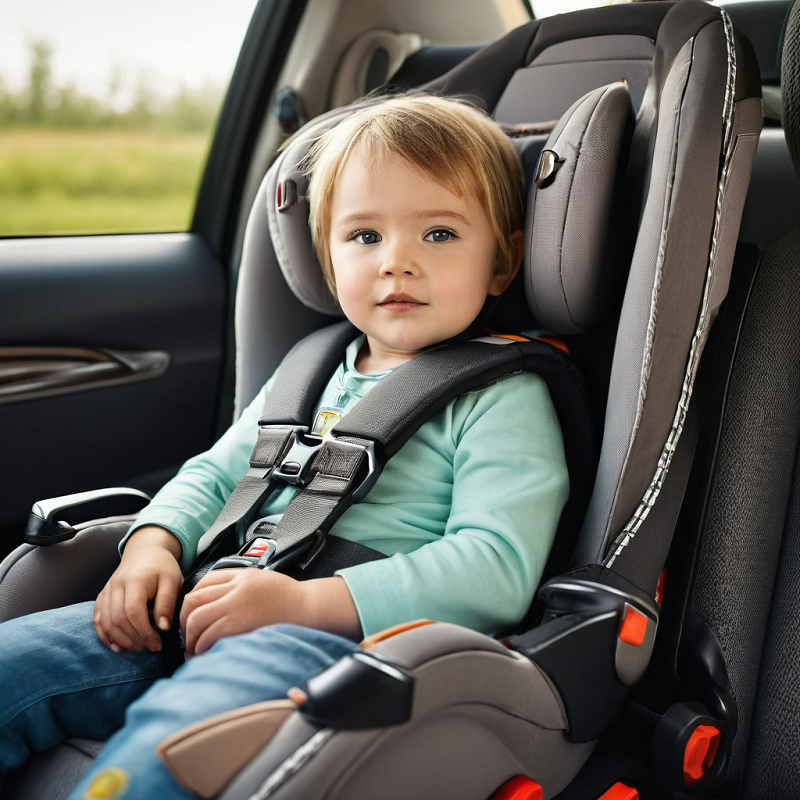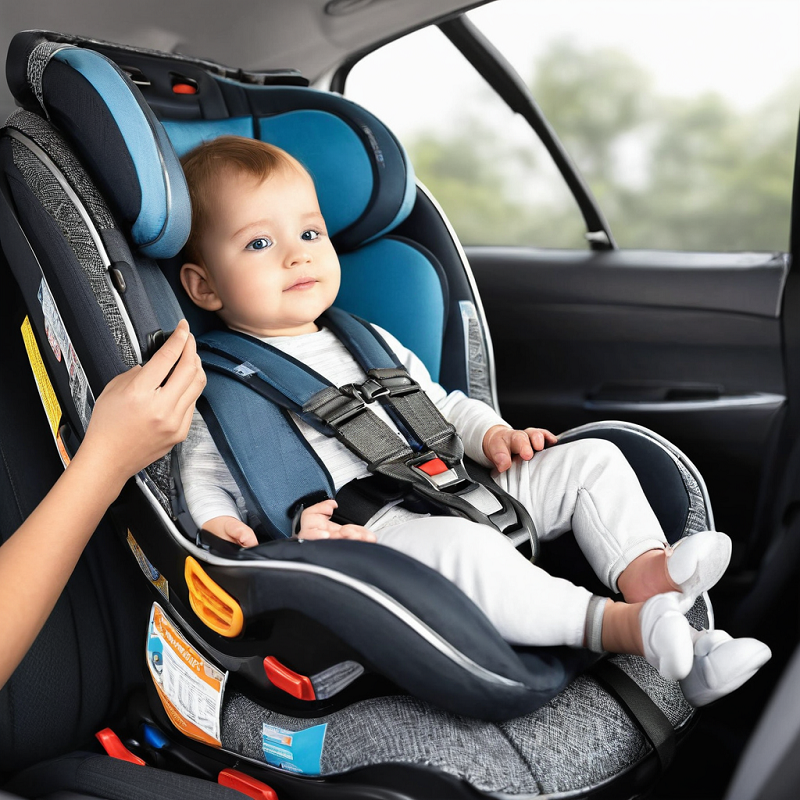Importance of Developmental Toys for Babies
Best baby toys for development play a big role in a baby’s growth. These toys help babies learn new skills. They make learning fun and engaging for little ones. Toys can support physical, cognitive, and emotional growth.
Boosting Cognitive Development
Babies use toys to explore and learn. Toys with bright colors and patterns stimulate their senses. Puzzles and activity centers encourage problem-solving and memory skills. Simple toys, like stacking blocks, help babies learn counting and shapes.
Enhancing Physical Skills
Movement is vital for a baby’s growth. Toys like rattles improve hand-eye coordination. Play mats and soft balls help babies practice gripping. Toys that encourage crawling strengthen their motor skills.
Supporting Emotional Growth
Playing with toys helps babies bond with parents. Soft toys comfort babies and offer emotional security. Musical toys often calm babies and bring joy.
Encouraging Social Interaction
Many toys teach sharing and taking turns. Toys like playsets and dolls encourage pretend play. Pretend play builds social and communication skills.
Choosing the best baby toys for development early ensures healthy growth in all areas.
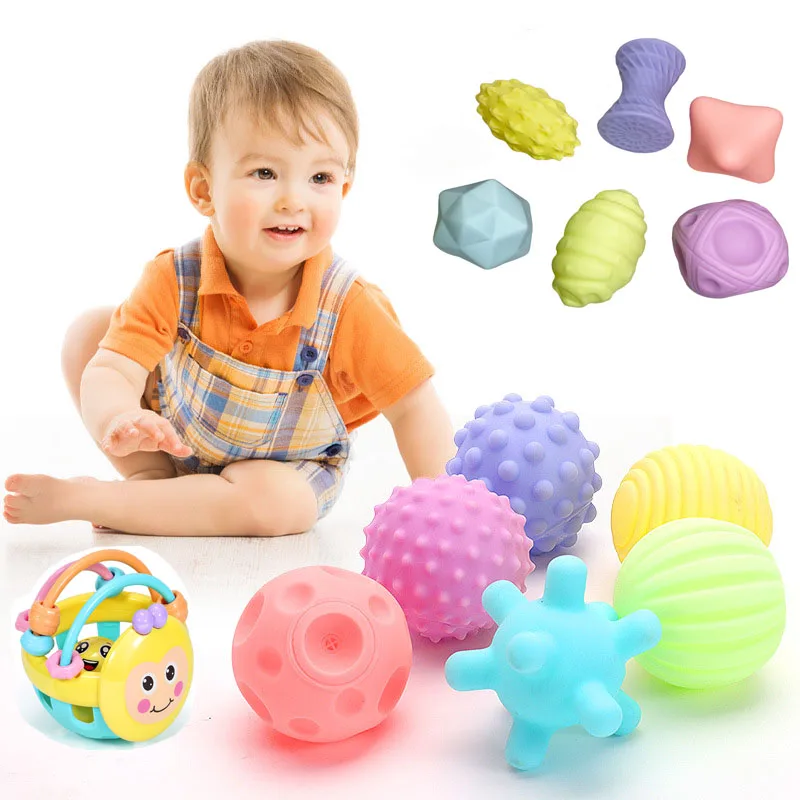
Factors to Consider When Choosing Baby Toys
Selecting the best baby toys for development requires careful thought. Not all toys are equally effective. Focus on these essential factors when making a choice.
Safety First
Ensure toys are free from small parts that can be swallowed. Avoid sharp edges or toxic materials. Check for certifications confirming the toy meets safety standards.
Age-Appropriate Design
Choose toys suited to your baby’s developmental stage. Age-appropriate toys engage babies effectively. For instance, soft toys work well for newborns, while stacking blocks are better for older babies.
Stimulating Features
Good developmental toys engage multiple senses. Look for toys with bright colors, sounds, and textures. These features keep babies interested and encourage sensory learning.
Durability
Babies can be rough with toys. Pick sturdy, well-made toys that can handle wear and tear. Long-lasting toys also save money in the long run.
Encourages Growth
Toys should aid physical, emotional, or cognitive development. For example, activity mats support tummy time, while puzzles enhance problem-solving skills.
Easy to Clean
Babies often put toys in their mouths. Choose toys that are easy to wash and sanitize. This keeps them hygienic and safe for play.
Portability
Smaller toys are ideal for travel or outings. They keep your baby entertained on the go. Ensure portable toys are lightweight and easy to carry.
By keeping these factors in mind, you can pick the best baby toys for development. The right toys make learning fun and safe for your little one.
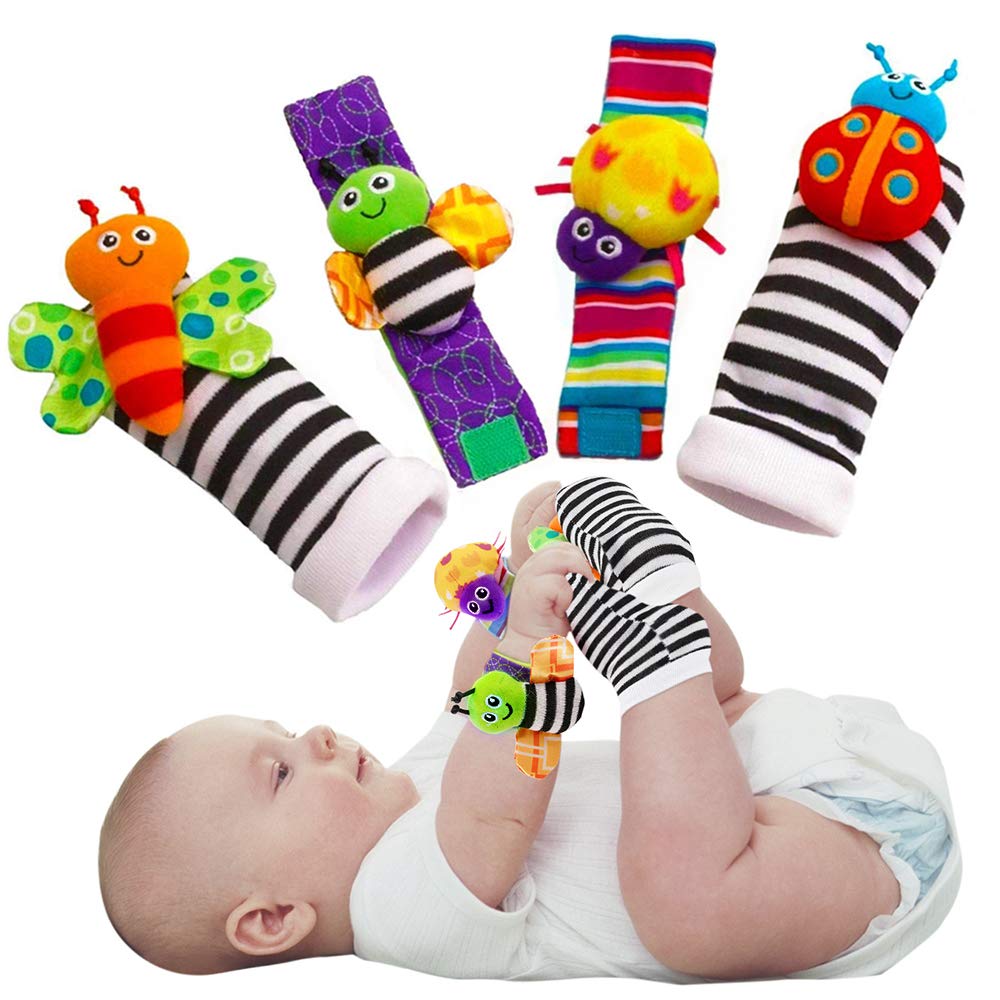
Top Developmental Toys for Newborns
Newborns have specific developmental needs. During this stage, toys should focus on sensory stimulation and comfort. Choosing the best baby toys for development ensures they meet these early requirements.
Soft and Comforting Toys
Soft toys, like plush animals or cloth dolls, provide comfort and security. Newborns often feel reassured by these toys, especially during naps or bedtime. Ensure these toys are made of non-toxic, hypoallergenic materials.
High-Contrast Toys
Newborns have limited vision at birth. High-contrast toys with black, white, and bright colors stimulate visual development. Black-and-white cards, soft books, or rattles with bold patterns work well.
Sensory Toys
Toys with different textures and sounds engage multiple senses. Crinkly fabric, rattles, or soft squeaky toys encourage sensory exploration. These toys help newborns recognize various textures, sounds, and materials.
Play Mats
Play mats with hanging toys keep newborns entertained during tummy time. These mats often feature mirrors, soft textures, and colorful objects. They help strengthen neck and arm muscles, preparing babies for future mobility.
Musical Toys
Gentle, soothing musical toys create a calming environment. Toys that play lullabies or nature sounds can soothe a crying baby. Some musical toys also engage auditory senses and encourage recognition of sounds.
Tummy Time Pillows
Tummy time is essential for newborns to build strength and prevent flat spots. Special tummy time pillows provide support while keeping babies comfortable. Look for pillows that also include dangling toys or mirrors for added fun.
By selecting toys like these, parents can support early development effectively. Always monitor your baby while playing to ensure safety and bonding time.
Best Toys for Babies Aged 3-6 Months
Babies aged 3-6 months are developing new skills rapidly. Their motor abilities, senses, and curiosity grow daily. Toys at this stage should support their expanding physical and cognitive development.
Interactive Play Mats
Play mats with colorful designs and hanging toys keep babies engaged. These mats encourage rolling, kicking, and reaching. Some mats include mirrors and textures for sensory exploration.
Teething Toys
Teething often begins between 3-6 months. Soft, chewable teething toys soothe aching gums. Look for non-toxic, BPA-free materials for safety.
Rattles and Grasping Toys
Toys that babies can hold promote hand-eye coordination. Rattles with gentle sounds and vivid colors are especially appealing. Grasping toys also strengthen their grip.
Soft Balls
Soft balls encourage rolling, grasping, and tossing. Lightweight designs are easy for babies to handle. These toys support developing motor skills through simple movements.
Musical Toys
Babies love toys that create sounds or music. Musical toys stimulate auditory senses and keep them entertained. Choose toys with soft melodies or nature sounds for relaxation.
Tummy Time Mirrors
Mirrors for tummy time captivate babies and encourage head lifting. Mirrors improve neck strength and visual tracking skills. Ensure the mirror is durable and designed safely for babies.
Lightweight Books
Cloth or board books with bright images introduce babies to storytelling. These books help babies recognize shapes, animals, and colors. Books with textures enhance their sensory experience.
Investing in the best baby toys for development during the 3-6 month phase fosters healthy growth. Pick toys that engage, educate, and entertain effectively.
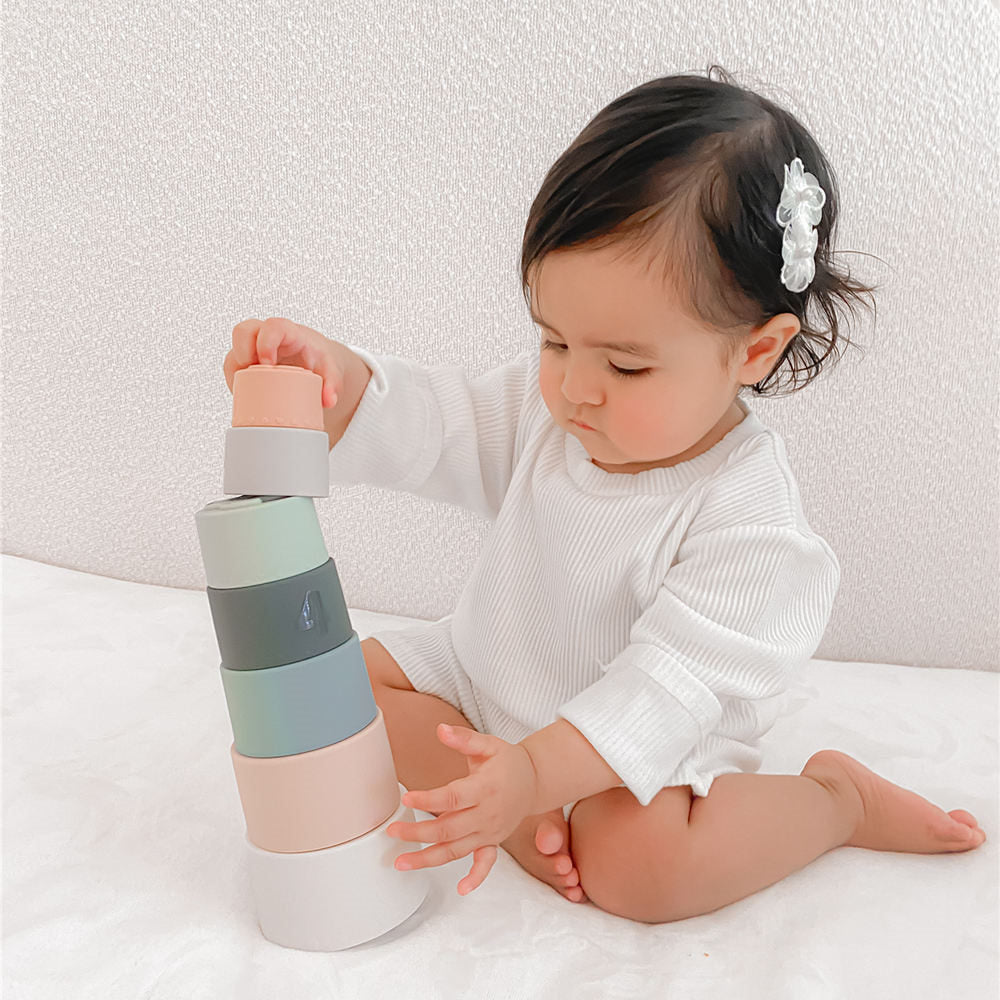
Toys to Encourage Crawling and Mobility in Babies
Crawling is a vital milestone in a baby’s development. It builds strength and coordination in their muscles. Choosing the best baby toys for development during this phase can help babies move with ease. Focus on toys that inspire physical activity and exploration.
Crawling Tunnels
Crawling tunnels promote movement by creating a fun pathway for babies. They encourage arm and leg coordination. Soft, collapsible tunnels are safe and easy to store.
Push Toys
Push toys motivate babies to crawl and later walk. Look for lightweight toys with sturdy handles. These toys also improve balance and motor skills.
Rolling Balls
Colorful rolling balls inspire babies to chase after them. Soft balls are safe and easy for little hands. Chasing supports crawling and builds core strength.
Wheeled Toys
Wheeled toys that roll away gently encourage babies to crawl after them. Choose toys with bright colors or sounds to engage their attention. Ensure the wheels move smoothly for safe play.
Activity Centers
Activity centers include toys that encourage reaching and pulling. Hanging toys inspire movement while babies lay and later crawl. They also improve finger strength and coordination.
Crawl-Along Toys
Toys that move on their own excite crawling efforts. Battery-operated crawl-along animals are often ideal. Choose slow-moving designs to keep babies focused.
Transition Mats
Movement mats offer spaces for babies to crawl and explore. Vibrant designs and textures make crawling fun. Some mats include interactive elements to boost sensory experiences.
Selecting toys like these helps babies gain mobility and explore their environment. Always supervise crawling play to ensure safety and fun for your little one.
Educational Toys for Cognitive Growth
Educational toys play a crucial role in a baby’s cognitive development. These toys help sharpen thinking, problem-solving, and memory skills. Engaging toys spark curiosity and promote learning while keeping babies entertained.
Problem-Solving Toys
Toys like puzzles and shape sorters teach babies how to solve problems. Sorting shapes into matching holes improves logic and coordination. Simple puzzles with large pieces encourage creative thinking.
Cause-and-Effect Toys
Cause-and-effect toys show babies how actions lead to results. Toys like pop-up animals react when buttons are pressed, teaching the concept of cause and effect. They also improve fine motor skills.
Stacking and Building Toys
Stacking blocks help babies learn balance and basic math skills. Building sets encourage creativity and spatial recognition. Look for soft or large blocks for safe play.
Interactive Musical Toys
Musical toys introduce sounds and rhythms to babies. Buttons that play different melodies improve auditory learning. Interactive musical toys enhance memory and sensory skills.
Books with Textures and Colors
Books with bright colors and varied textures engage multiple senses. Babies learn about shapes, animals, and objects. Interactive books with flip tabs teach basic concepts like counting and matching.
Activity Centers
Activity centers combine multiple learning tools. They feature buttons, levers, mirrors, and sounds to engage babies. These centers boost sensory exploration while stimulating skills like memory and focus.
Educational Play Mats
Play mats with alphabet, numbers, or animal themes teach early concepts. These mats foster visual recognition and help babies grasp basic knowledge. Mats with textures support sensory learning.
By selecting the best baby toys for development, you can boost cognitive growth effectively. Educational toys make learning enjoyable for your little one.
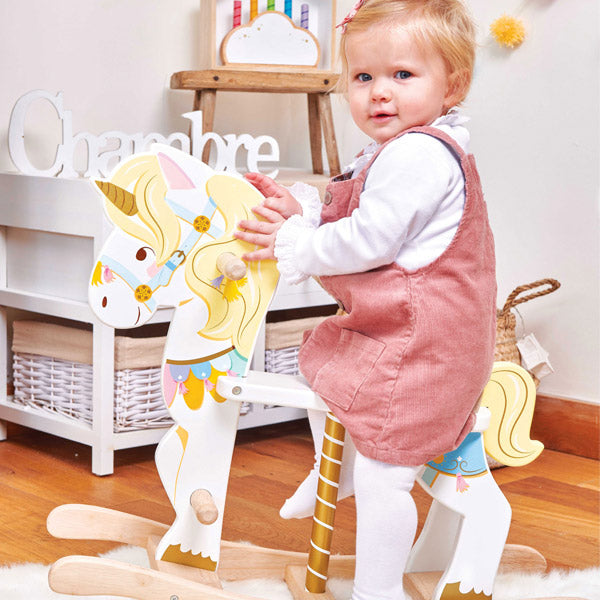
Safety Tips for Choosing Baby Toys
Choosing safe toys is vital for your baby’s health and happiness. Babies explore with their hands and mouths, so their toys must be secure and hazard-free. Follow these safety tips when selecting the best baby toys for development:
Avoid Small Parts
Toys with tiny parts can be a choking hazard. Always check for securely attached pieces.
Choose Non-Toxic Materials
Select toys made from BPA-free or non-toxic materials. Avoid toys with harmful substances or paint.
Inspect for Sharp Edges
Ensure toys have smooth surfaces and rounded edges. Sharp edges can cause injuries.
Check Age Recommendations
Age labels on toys guide you to choose appropriate and safe options. Follow them carefully.
Opt for Sturdy Construction
Choose durable toys that won’t break easily. Broken parts can become dangerous.
Verify Safety Certifications
Look for certifications like ASTM or EN71 standards. These confirm the toy meets safety requirements.
Avoid Loud Noises
Toys with extremely loud sounds can harm your baby’s sensitive ears. Pick toys with gentle tones.
Washable and Hygienic
Babies often put toys in their mouths. Select toys that are easy to clean and sanitize.
Supervise Playtime
Monitor your baby during play to prevent accidents. Interactive play also strengthens bonding.
Avoid Strings and Cords
Long strings or cords can pose strangulation risks. Ensure toys are free of such features.
By choosing toys carefully, you ensure both fun and safety for your baby. Prioritize quality and certifications when picking developmental toys.
Budget-Friendly Developmental Toys for Babies
You can find amazing developmental toys without spending a lot. Many toys are budget-friendly and just as effective. The key is to focus on simplicity and quality over expensive features. Here are some cost-effective options:
DIY and Homemade Toys
- Simple household items can be turned into toys.
- Use pots, pans, or wooden spoons for noise-making fun.
- Create sensory bottles with rice or beans in clear bottles.
- Cardboard boxes can become fun play spaces or tunnels.
Secondhand or Thrift Store Finds
- Look for gently used toys at thrift stores.
- Many secondhand toys are well-made and affordable.
- Clean and sanitize used toys before giving them to your baby.
Classic Toys That Last
- Stacking cups or rings are cost-effective and durable.
- Soft blocks or balls promote motor skills and are inexpensive.
- Teething toys are affordable and soothe aching gums.
Multi-use Toys
- Choose toys that grow with your baby.
- Activity mats with detachable toys save money in the long run.
- Blocks can be used for years and teach many skills.
Books for Babies
- Soft or board books are affordable and foster learning.
- Choose books with bright colors and textures.
- Libraries often lend baby books for free.
Art and Craft Supplies
- Non-toxic crayons or paints help babies explore creativity.
- Paper and stickers offer hours of inexpensive fun.
Outdoor Play
- Nature itself offers free play opportunities.
- Bubbles, chalk, or sandbox toys are low-cost and highly engaging.
With these ideas, you can provide the best baby toys for development without overspending. Budget-friendly options ensure your baby’s growth while saving money.
Nurturing Growth Through Play
In conclusion, selecting the right toys for your toddler plays a crucial role in supporting their development. From enhancing cognitive skills to fostering social interactions, toys provide essential learning experiences. By considering options that promote sensory exploration, imaginative play, and motor skills, parents can create a rich environment for growth.
When choosing best baby toys for development, always prioritize safety, quality, and age appropriateness. Engaging in playtime together can strengthen bonds and create lasting memories. Parents can encourage creativity and exploration by selecting toys that celebrate their child’s unique interests.
As your child grows, keep exploring new toy options that align with their evolving needs. The world of toddler toys offers endless possibilities for fun and learning. Investing time in thoughtful toy selection can profoundly impact your child’s development while providing opportunities for joyful play. Embrace the journey of play and watch your little one thrive!
